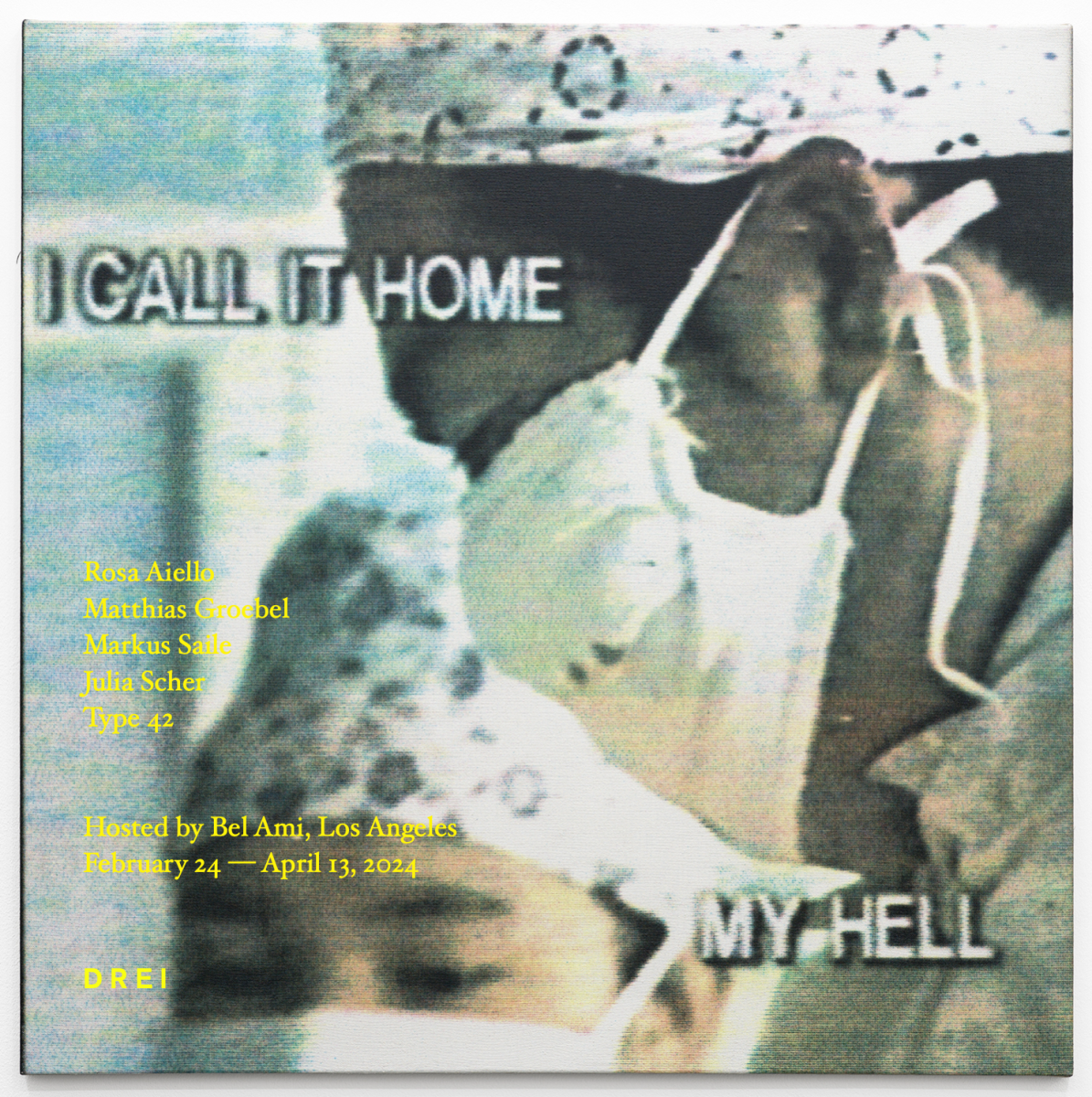
I Call It Home, My Hell takes its name from an untitled 1994 painting by Matthias Groebel showing this phrase in two sections across the square canvas and an image of a situation suggesting to be identified as some kind of a medical surgery. The works on display have been created by a small, international and trans-generational cast of artists between the 1960s and today, and address aspects of obsession in relation to the eye of the camera.
Rosa Aiello’s work draws from cinema, literature, popular psychology, and online databases to form her visual, sound and imaginary repertoire. She builds narratives by exploring the fundamental ambiguities—both comforting and oppressive—of social and familial structures.
Her video Yours Faithfully (2022) shows incidental footage from a street corner in Reinickendorf, Berlin. With her phone camera, Aiello captured the traffic occurring at the intersection visible from her apartment. On top of the sounds of the street, the artist has dubbed the sound of her own footsteps, imperfectly restaging the gait and rhythm of each person’s walking, performing her version of a foley soundtrack—a common cinematic post-production technique, the need for which rose with the increased international circulation of Hollywood movies, as overdubbed voice tracks in multiple languages meant the ensuing loss of some original sound effects.
Rosa Aiello, (b. 1987, Canada) is a Berlin-based artist, writer, and filmmaker. Her works have been shown at various institutions and galleries. Recent solo and duo exhibitions took place at Kevin Space, Vienna (2022); Drei, Cologne; Arcadia Missa, London (both 2021); Lodos, Mexico City; Cell Project Space, London (with Patricia L. Boyd); and Southern Alberta Art Gallery, Lethbridge, Canada (2018), a.o. Recent exhibition contributions include Fluentum Collection, Berlin; Kölnischer Kunstverein, Cologne (both 2022); Hessel Museum of Art, Hudson, United States; Stadtgalerie, Bern; Bel Ami, Los Angeles (all 2021); Salts, Basel (2019); Bureau des Réalités, Brussels (2018); Pirelli Hangar Bicocca, Milan; ICA, London; Künstlerhaus,Stuttgart (both 2017) a.o. Her works are included in the collections of Frac Lorraine, Metz; The Whitney Museum of American Art, New York, and The Centre Georges Pompidou, Paris, a.o. Aiello is selected for Berlinale Talents, 2024.
Matthias Groebel’s story is that of a painter who studied pharmacy rather than art. He worked as a pharmacist in Cologne during the day, then turned to painting at night. He is a technophile who lost interest in his own abstract works in the mid-1980s, and in abstract painting in general. The pieces were too harmless, he says. The discourse too elitist. He was looking for “paintings that take effect even when you don’t want them to.” The dominance of television media in the 1980s required a different kind of painting to do justice to the techno-cultural present. For him, innovation was elsewhere. In electronic music, in cyberpunk literature, in the DIY hacker culture of new media. Painting seemed too shackled to its chains of self-reference, trapped in its own history. In 1989, Groebel fabricated a machine from consumer grade electronics like found photocopiers and windshield-wiper motors that could automate the process of painting directly from public access television. Extracted and appropriated from the constant flow of the 1980s and 1990s television, from Chinese bootlegs of American movies to local skeleton crews filming amateur actors, these images possess an ambivalent, mysterious, and physical presence that emits a profound psychological latency.
Matthias Groebel (b. 1958, Aachen, Germany) lives and works in Cologne. His much too long overlooked visionary work recently has been subject of solo exhibitions at Ulrik, New York (2023); Kunstverein für die Rheinlande and Westfalen, Düsseldorf; Drei, Cologne (both 2022); Galerie Bernhard, Zurich (2021). He furthermore recently contributed to exhibitons at the Kölnis;cher Kunstverein, Cologne; Layr; WAF Galerie, both Vienna; Francis Irv, New York; Fitzpatrick Gallery, Paris (all 2023); Tonus at La Siri, Asnières-sur-Seine, France; Bonner Kunstverein, Bonn (both 2022); Kunstmuseum Liechtenstein, Vaduz (2019). His work is currently part of Hoi Köln, Kölnischer Kunstverein, Cologne, and will be included the upcoming 15th Gwangju Biennial, curated by Nicolas Bourriaud, a.o.
Markus Saile’s works convene the space of painting, in a subtle interplay between the space where it is situated, the space it represents and the space it constructs in dialogue with architecture. Thus, the in between space, in between the paintings, creates a space where we stand and move, as viewers. Pictorial problems thus can be understood as architectural problems, in the sense of a socio-political structure. Beyond the in-situ and the context, it is an investigation into painting in volume, the depth of the surface, and the extension of this practice into a performative field of action.
The current paintings are created in a process of overlapping layers of paint and thin veils that reveal their material life. Paint deposits accumulate at the edges of the supports, revealing the temporal structure of the painting process like the annual rings of a tree and lending them an object-like quality. Gestural interventions dramatize the pictorial space in the sense of a stage situation. The conceptual work with the painterly gesture thus can be understood as a kind of performative re-enactment of its historical, temporal and spatial potentials. In the painting process, the artist creates volume in one brush movement, like they do on Blender to create forms. His method can therefore be related to the extrusion process in 3D programs. Instead of putting a series of points together in a line, which is the drawing perspective work, one brush flow creates a plane in one gesture.
Markus Saile (b. 1981, Stuttgart, Germany) lives and works in Cologne. His works recently have been subject of solo exhibitions at Mai 36 Gallery, Zurich; A+B Gallery, Brescia (both 2022); ans Neuer Aachener Kunstverein, Aachen (2020), a.o., and have been included in exhibitons at renowned venues such as Deichtorhallen, Hamburg (2020); Kunstmuseum Bonn; Museum Wiesbaden, Kunstsammlungen Chemnitz – Museum Gunzenhauser; Temporary Gallery, Cologne (all 2019).
Emerging from the fertile artist community of Venice Beach of the 1970s, and becoming a precise but playful analyst of social and technological changes in the 1980s, over the past more than three decades, Julia Scher has dedicated herself to extensive research and teaching in the then-nascent but now firmly established field of Surveillance Studies. Her interest in privacy and safety originates from a concern with gender politics, particularly the feminization of surveillance. Her “Surveillant Architectures“ place viewers in the dual position of watcher and watched, her focus on the manipulative and voyeuristic qualities of the cybersphere far preceded and anticipated the magnitude of contemporary surveillance society.
The three early paintings and three drawing collages on display have been executed in 1981, a few years before leaving Los Angeles and starting to conceptualize landscape through painting and video. The sketched landscape, the racing car lifting off, and the lines of the track where the movement takes place have a storyboard-like effect akin to those used in a movie. Scher’s early works, including landscape and body paintings, collages, drawings, and photographs, are inspired by television and car culture. The dystopian and traumatic motifs recall science fiction and horror films of the 1970s, a time when Scher worked as a sound engineer in Hollywood while studying. It was during this time that she met the director John Carpenter, who was making his film Halloween (1978) on a shoestring budget of $325,000 which became a worldwide success, grossing $47,000,000 and catapulting Carpenter to fame.
Julia Scher (b. 1954, Los Angeles) lives and works in Cologne. The past forty years of her work have been interspersed with an extensive program of international solo exhibitions, most recently at Museum Abteiberg, Mönchengladbach (2023); Kunsthalle Zurich; Kunsthalle, Gießen (both 2022); MAMCO, Geneva (2021). Works by Scher are part of the collections of the Museum of Modern Art, New York; Museum Ludwig, Cologne; Neue Galerie Graz, Austria; The Guggenheim Foundation and MoMA PS1, both New York; San Francisco Museum of Modern Art (SFMoMA); Museum Abteiberg Mönchengladbach; and MAMCO, Geneva, among others. Her solo exhibition A Mammoth Book of Eyewittnesses is currently on view at Esther Schipper, Paris, through March 23, 2024.
Type 42 is a body of approximately 950 polaroids in total, found in New York in the spring of 2012 and being named after the eponymous black-and-white film stock made by Polaroid between 1955 and 1992 featuring a narrow border of photo- graphic paper cut with scalloped edges.
The original photographer is still unidentified and their intentions remain equally obscure. The photographs feature actresses (and one actor) as they appeared on television and in movies that aired between about 1960 and 1972 while being taken approximately between 1969 and 1972. They consist mostly of tightly cropped headshots against dark or shadowy backgrounds. The peculiar emotionally heightened atmosphere of the pictures is often bolstered by distortions introduced by the curvature of the televicion screen as well as the oblique angle of the shot. The visages of the women, sometimes out of focus or overexposed, slide across the surface of the film, the vast majority ancored by by the simple handwritten inscriptions that classify them by name, program, or, in 31 cases, bodily measurements.
The sweeping inventory of female roles chronicled by the archive offers a panoramic take on the period’s repertoire of popular culture. Spanning age, race, and genre, the subjects include well-known actresses alongside forgotten and cult figures. Science fiction and low-budget movies appear frequently, attesting to the particular tastes of the photographer whose objective can only be surmised based on the desires that seem to drive their gaze. The sheer extent of the archive suggests a form of obsession, as does the fact that the photographs were likely taken without the aid of a pause or rewind button, since video recording equipment did not become widely available to the general public until 1971.
Special thanks to Lee Foley & Bel Ami, Henri Gisler & Mai 36, Susanne Zander & Nicole Delmes.
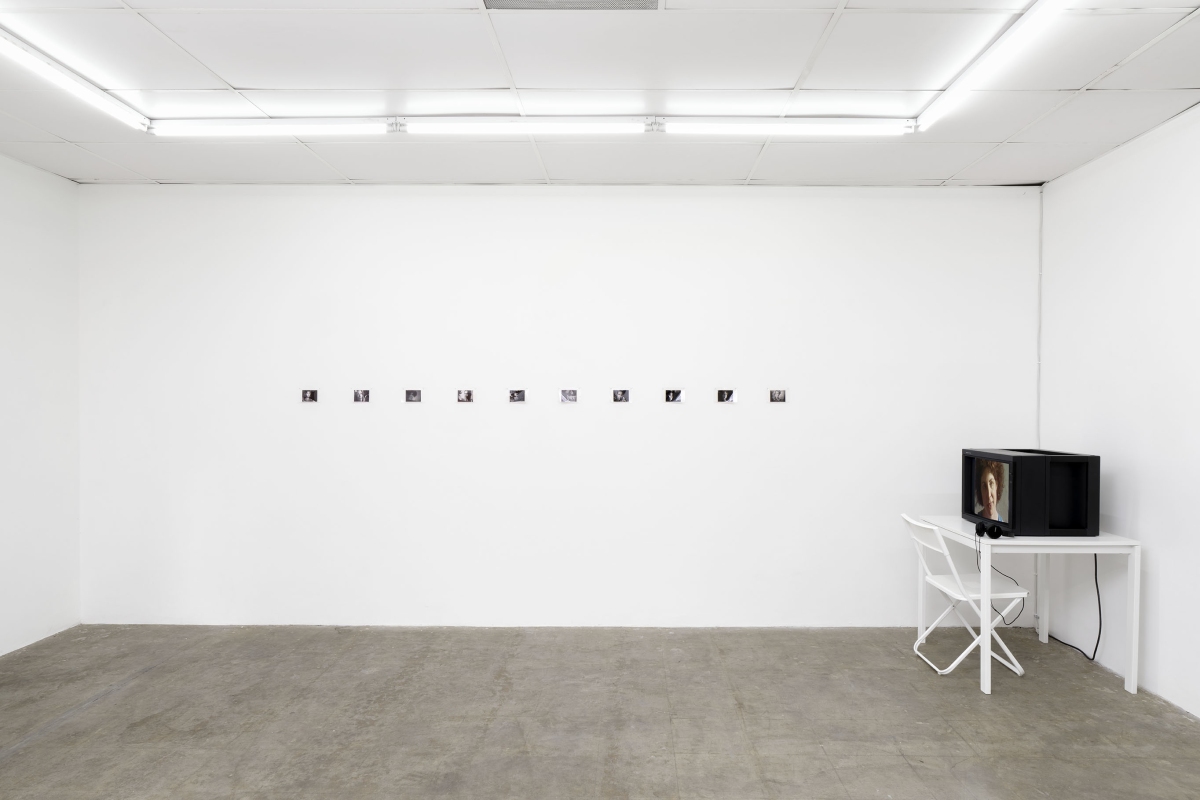
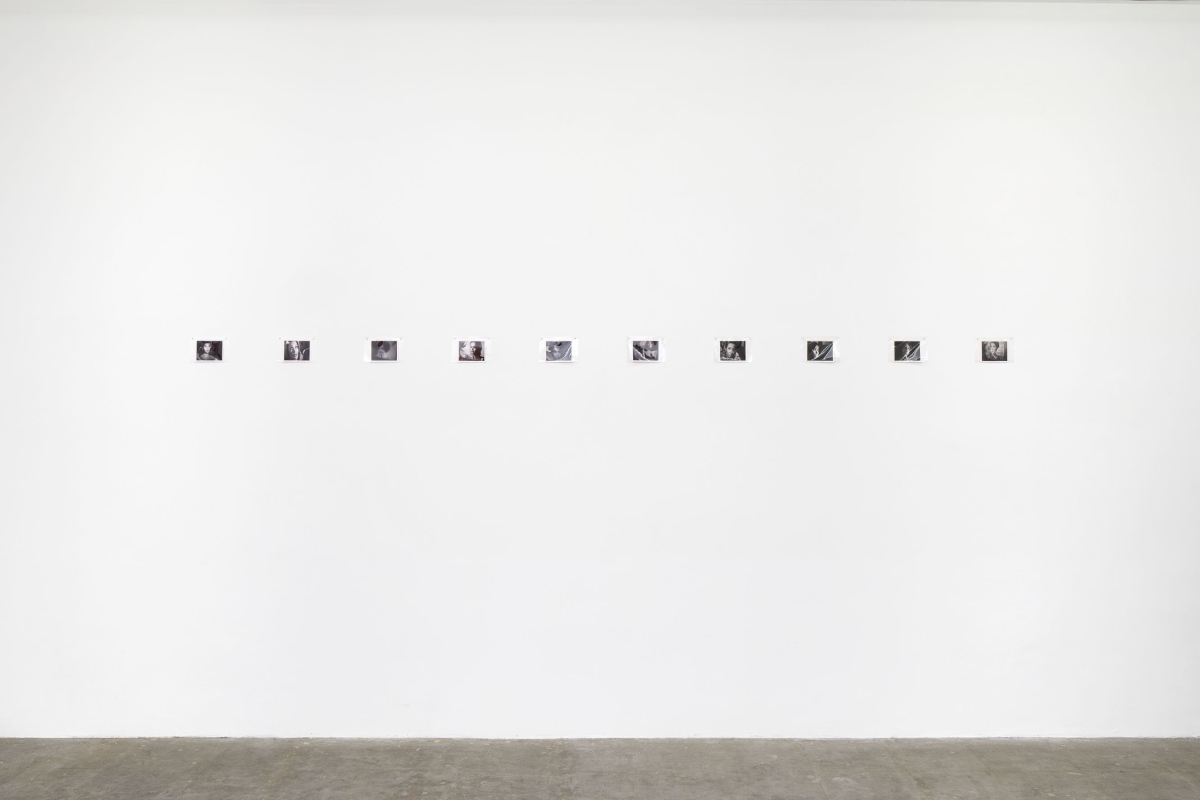
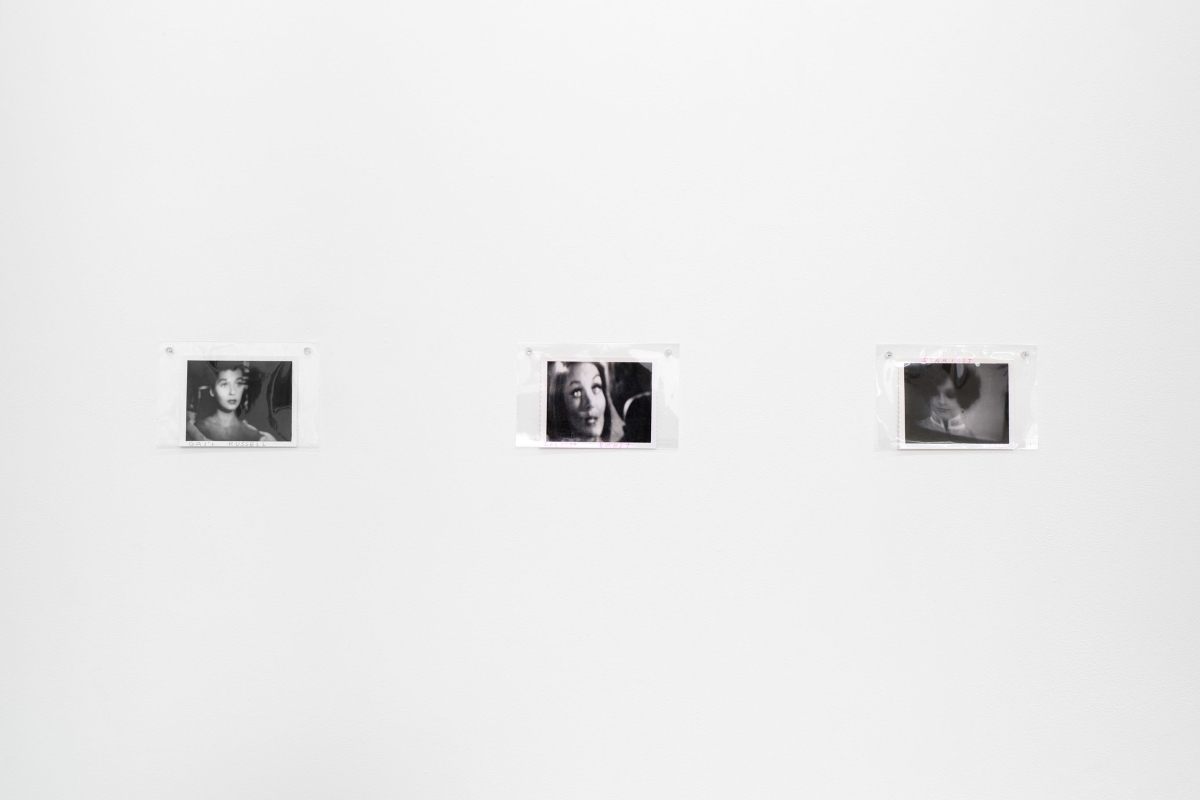
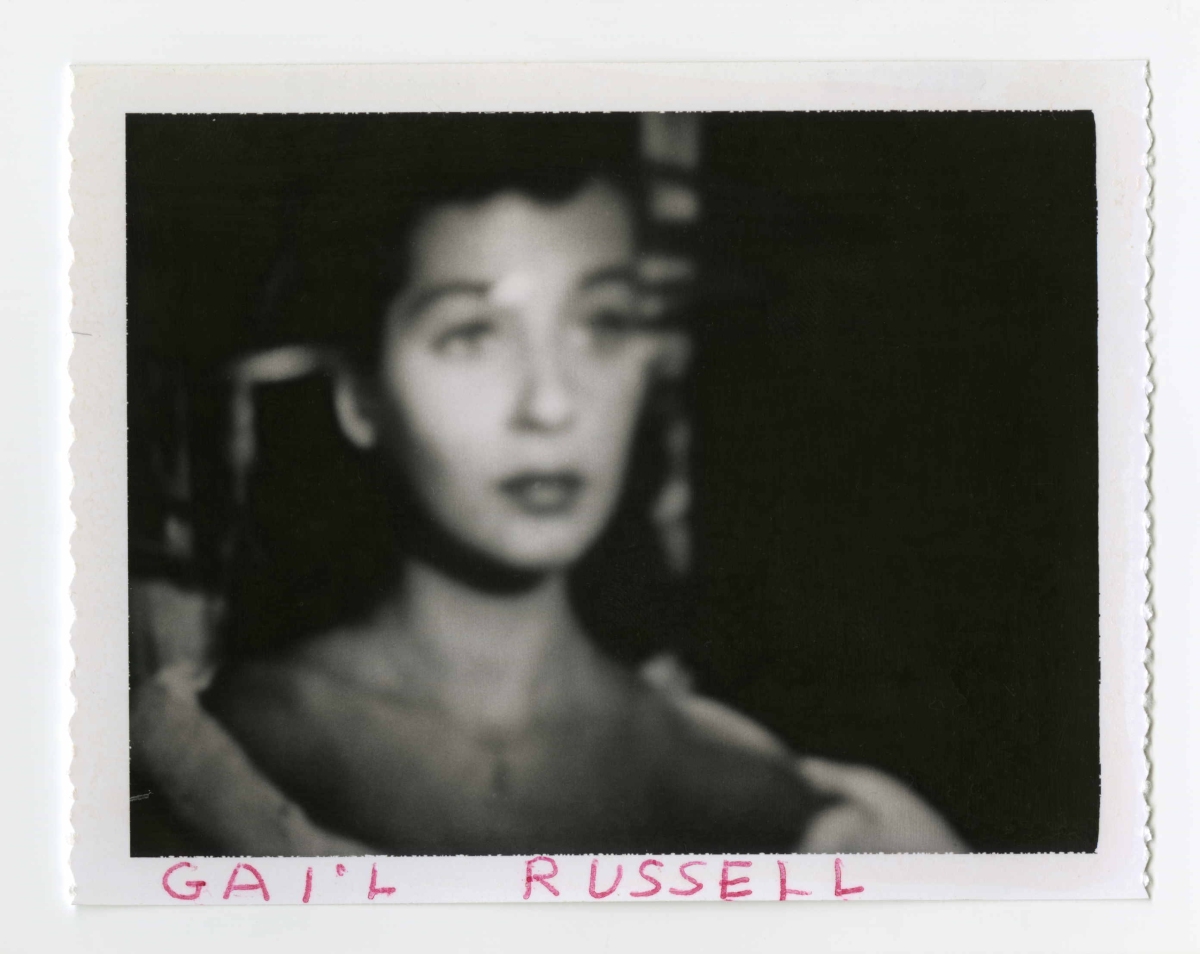
Type 42 (Anonymous)
Gail Russell, 1960s – 1970s
mixed media on polaroid
3 1/4 × 4 1/4 in (8.3 × 10.8 cm)
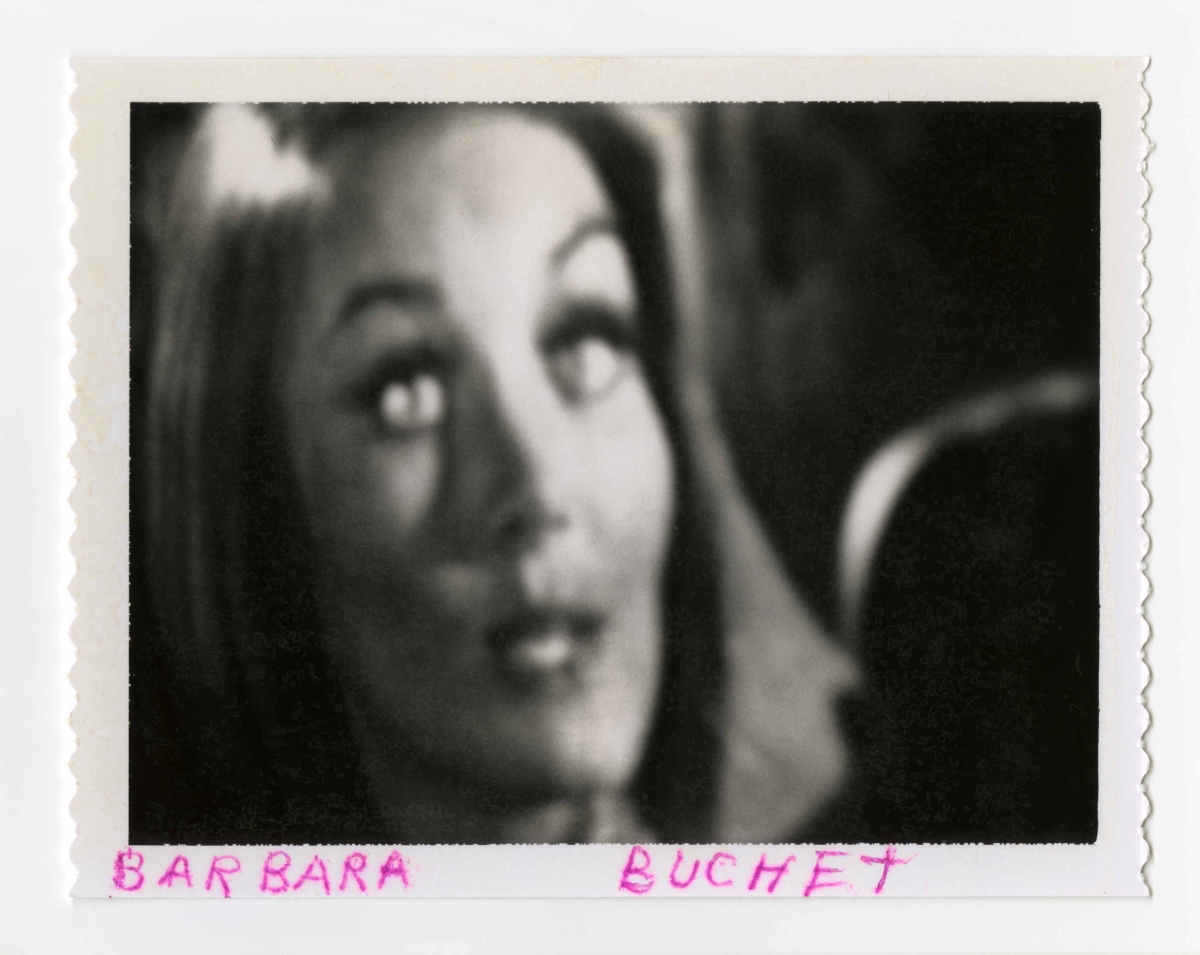
Type 42 (Anonymous)
Barbara Buchet, 1960s – 1970s
mixed media on polaroid
3 1/4 × 4 1/4 in (8.3 × 10.8 cm)

Type 42 (Anonymous)
Claudine Auger, 1960s – 1970s
mixed media on polaroid
3 1/4 × 4 1/4 in (8.3 × 10.8 cm)
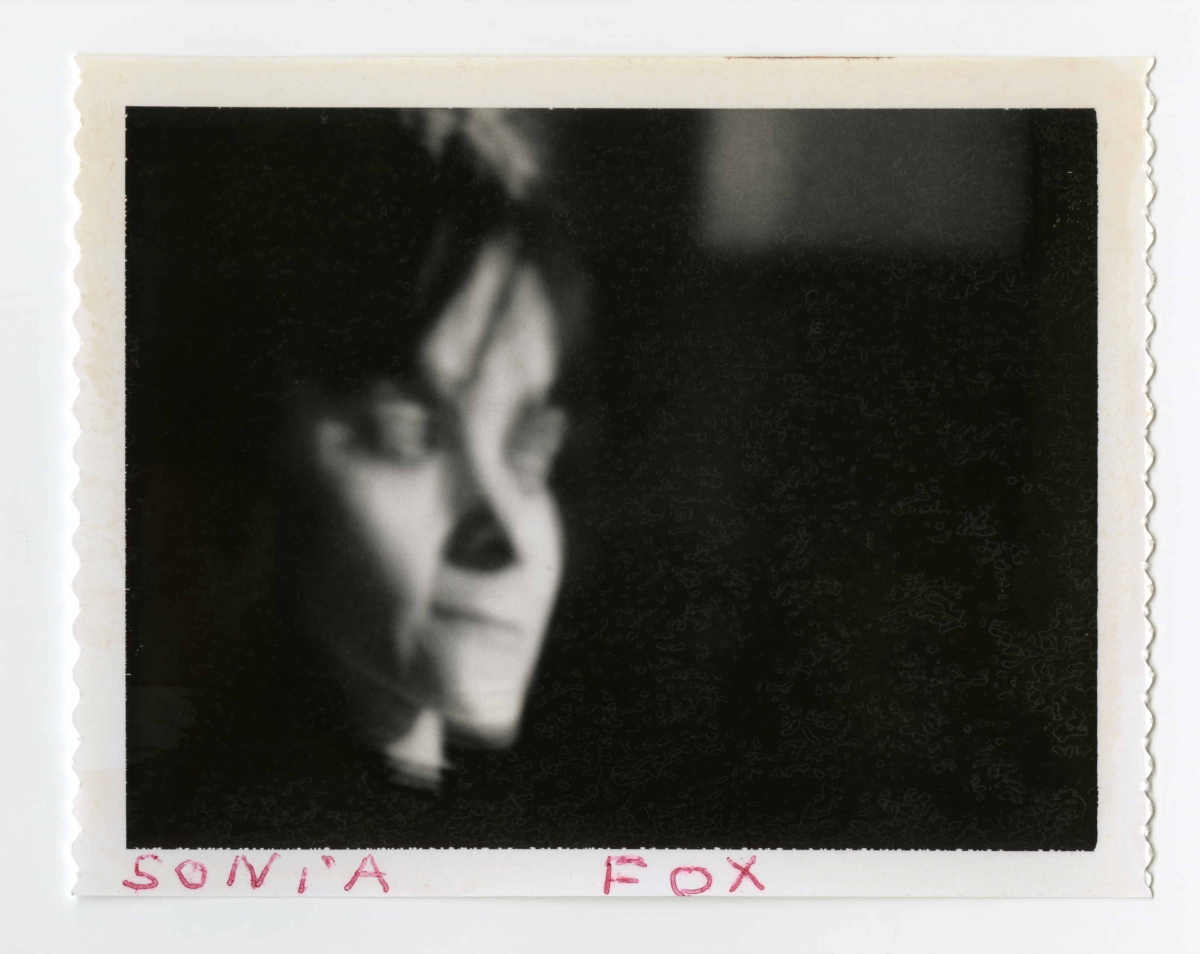
Type 42 (Anonymous)
Sonia Fox, 1960s – 1970s
mixed media on polaroid
3 1/4 × 4 1/4 in (8.3 × 10.8 cm)


Julia Scher
Discipline Masters, 1998
digital video transferred from Betacam (from original U-Matic NTSC), color, sound; 4:3 ratio
03:44:00
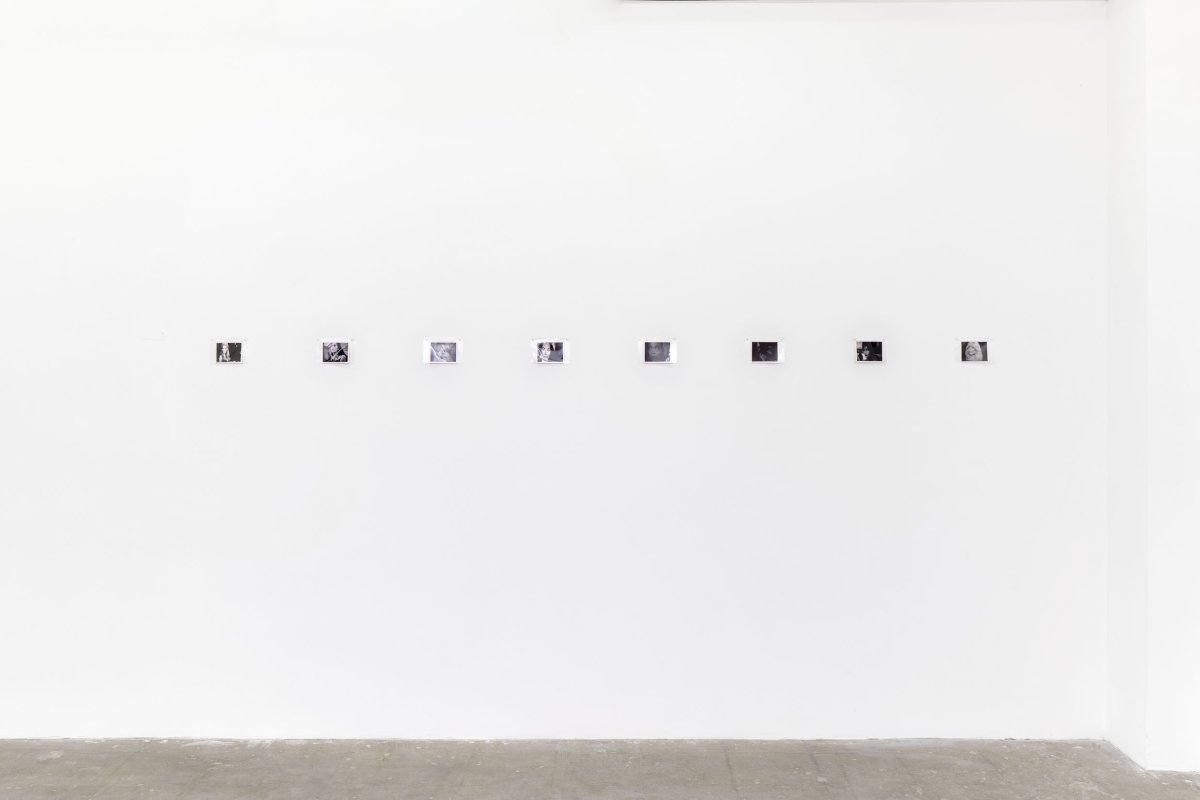

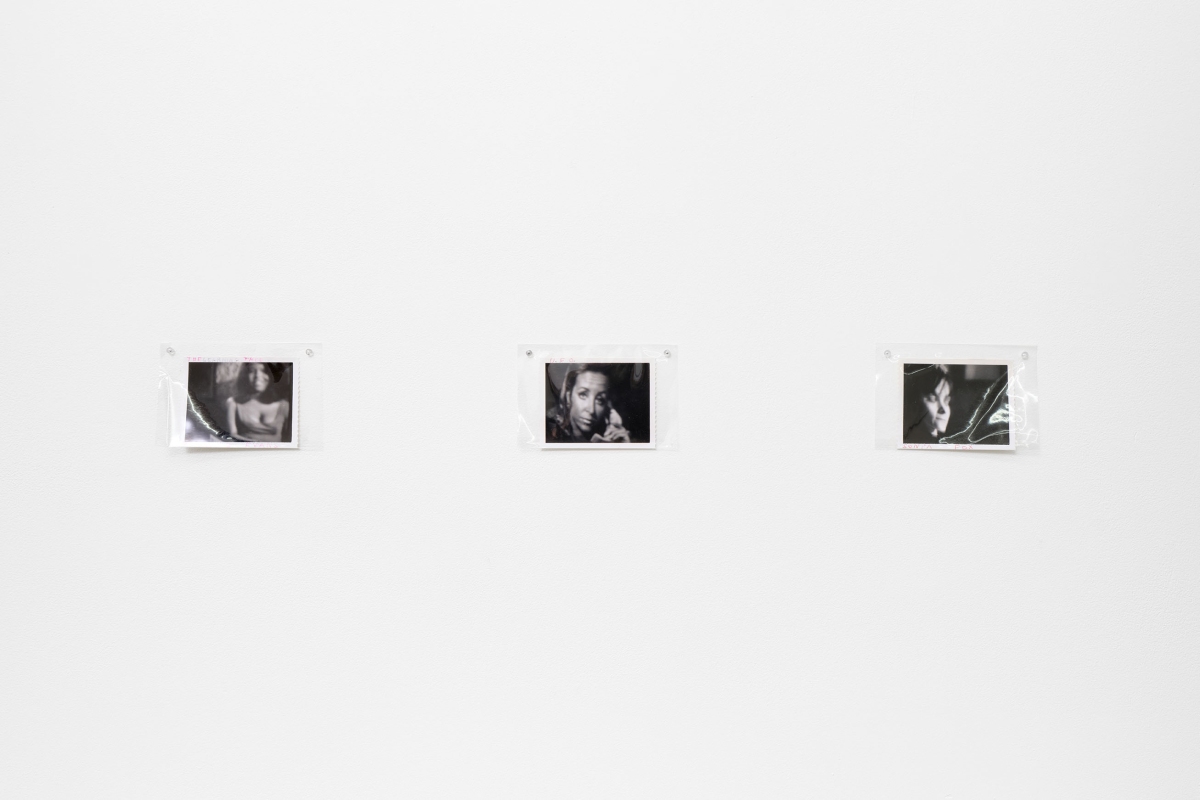

Type 42 (Anonymous)
Celeste Yarnall, 1960s – 1970s
mixed media on polaroid
3 1/4 × 4 1/4 in (8.3 × 10.8 cm)
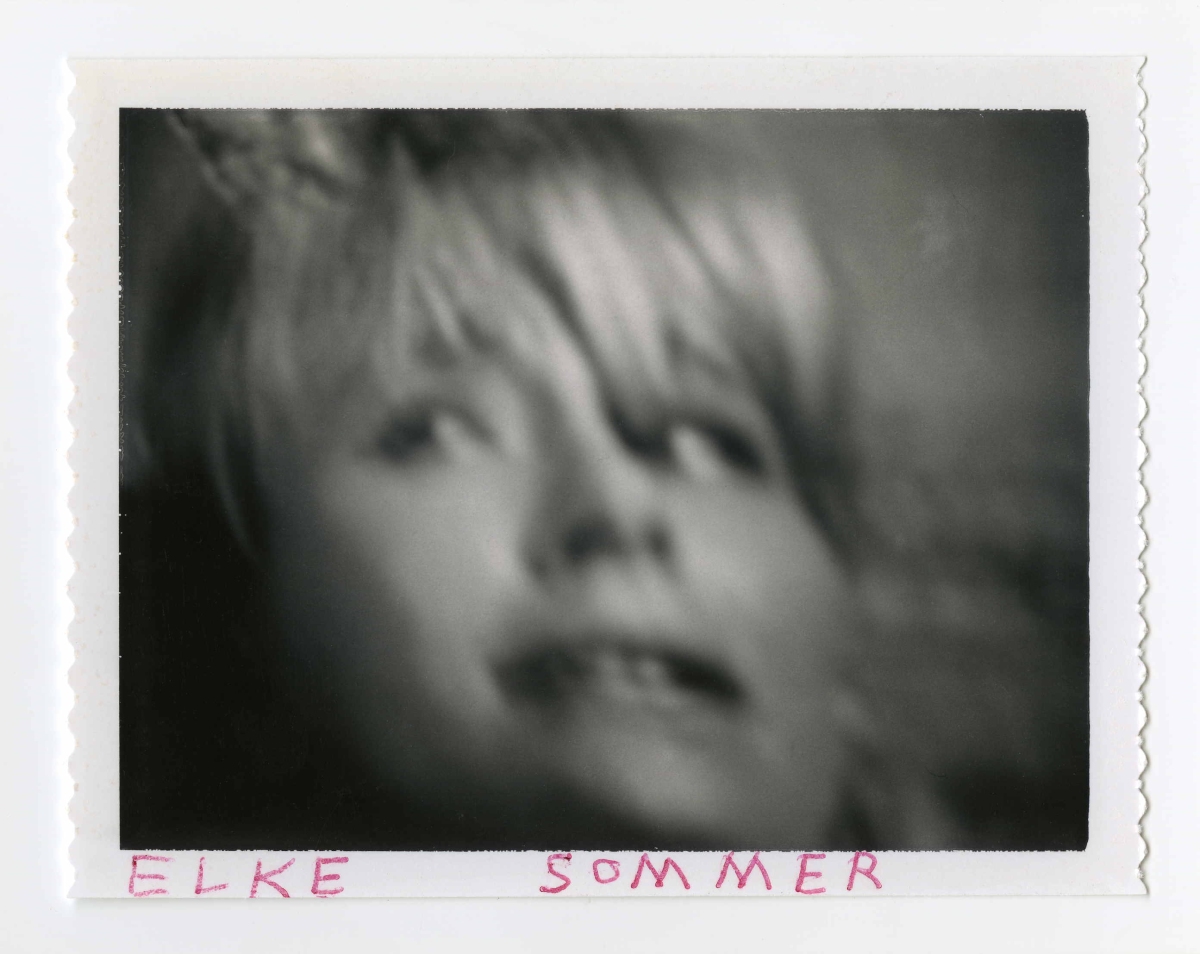
Type 42 (Anonymous)
Elke Sommer, 1960s – 1970s
mixed media on polaroid
3 1/4 × 4 1/4 in (8.3 × 10.8 cm )
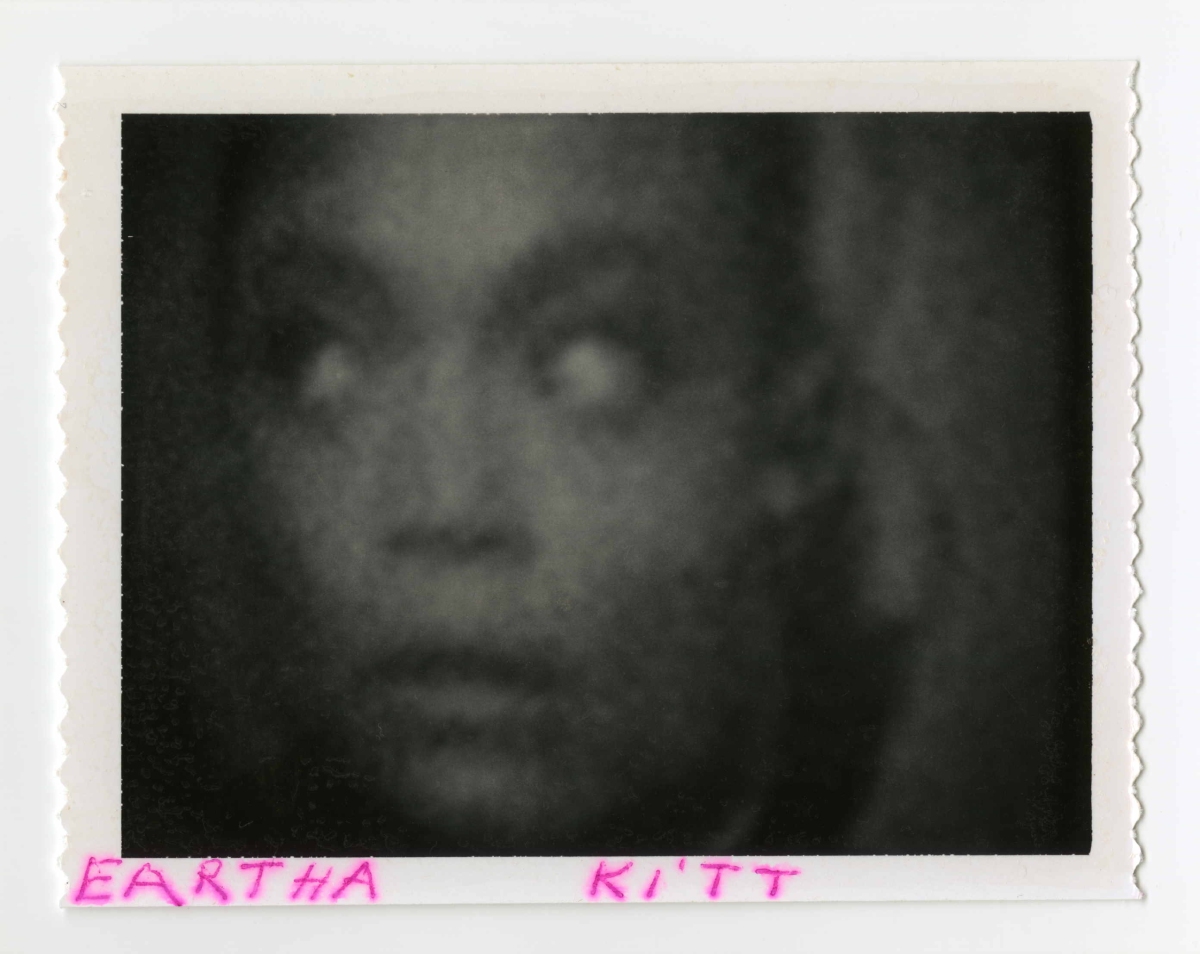
Type 42 (Anonymous)
Eartha Kitt, 1960s – 1970s
mixed media on polaroid
3 1/4 × 4 1/4 in (8.3 × 10.8 cm)
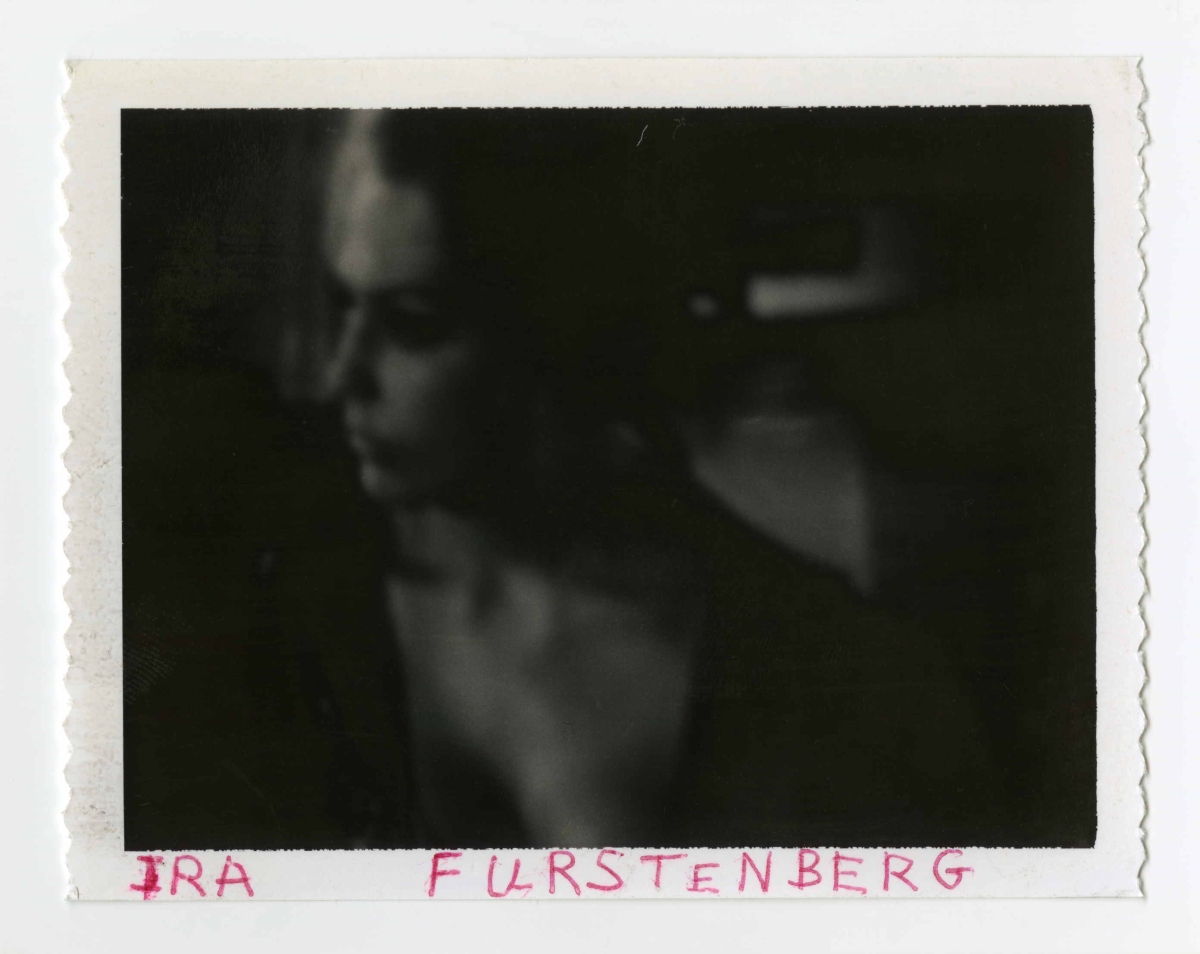
Type 42 (Anonymous)
Ira Furstenberg, 1960s – 1970s
mixed media on polaroid
3 1/4 × 4 1/4 in (8.3 × 10.8 cm)

Type 42 (Anonymous)
Angela Cartwright, 1960s – 1970s
mixed media on polaroid
3 1/4 × 4 1/4 in (8.3 × 10.8 cm)

Type 42 (Anonymous)
Vanessa Redgrave, 1960s – 1970s
mixed media on polaroid
3 1/4 × 4 1/4 in (8.3 × 10.8 cm )
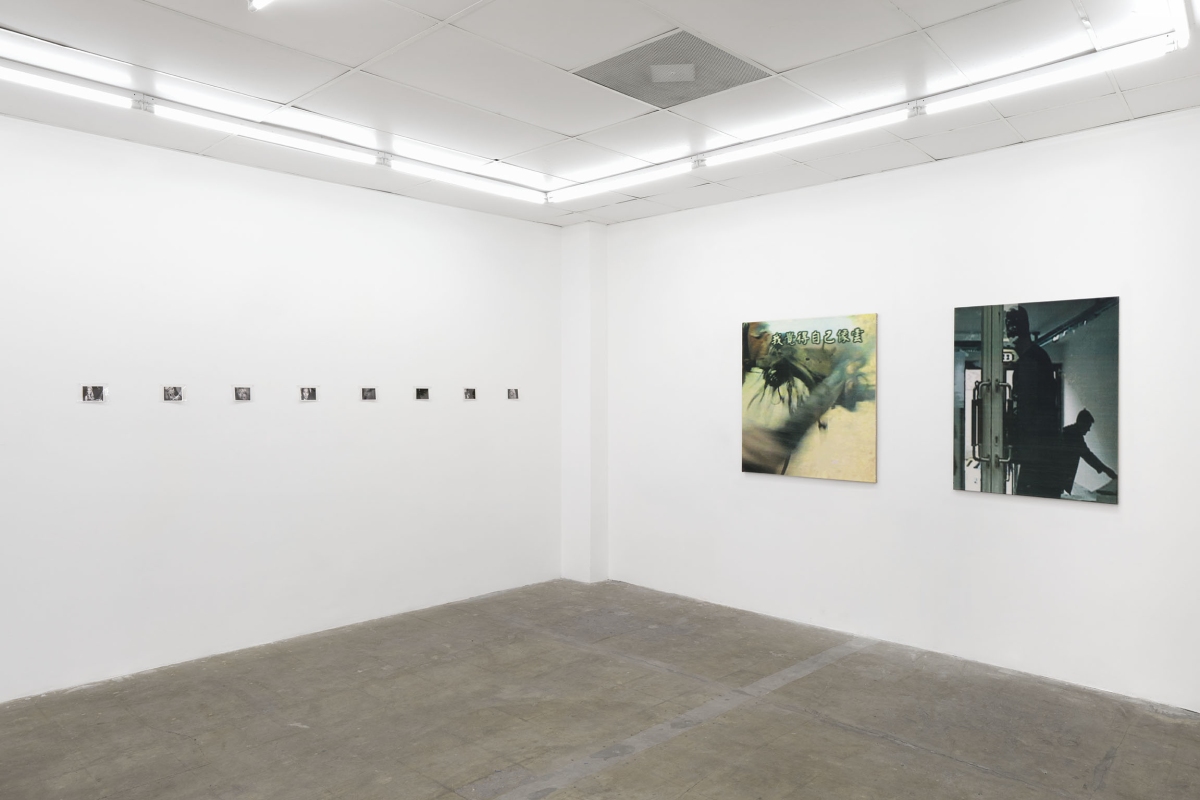
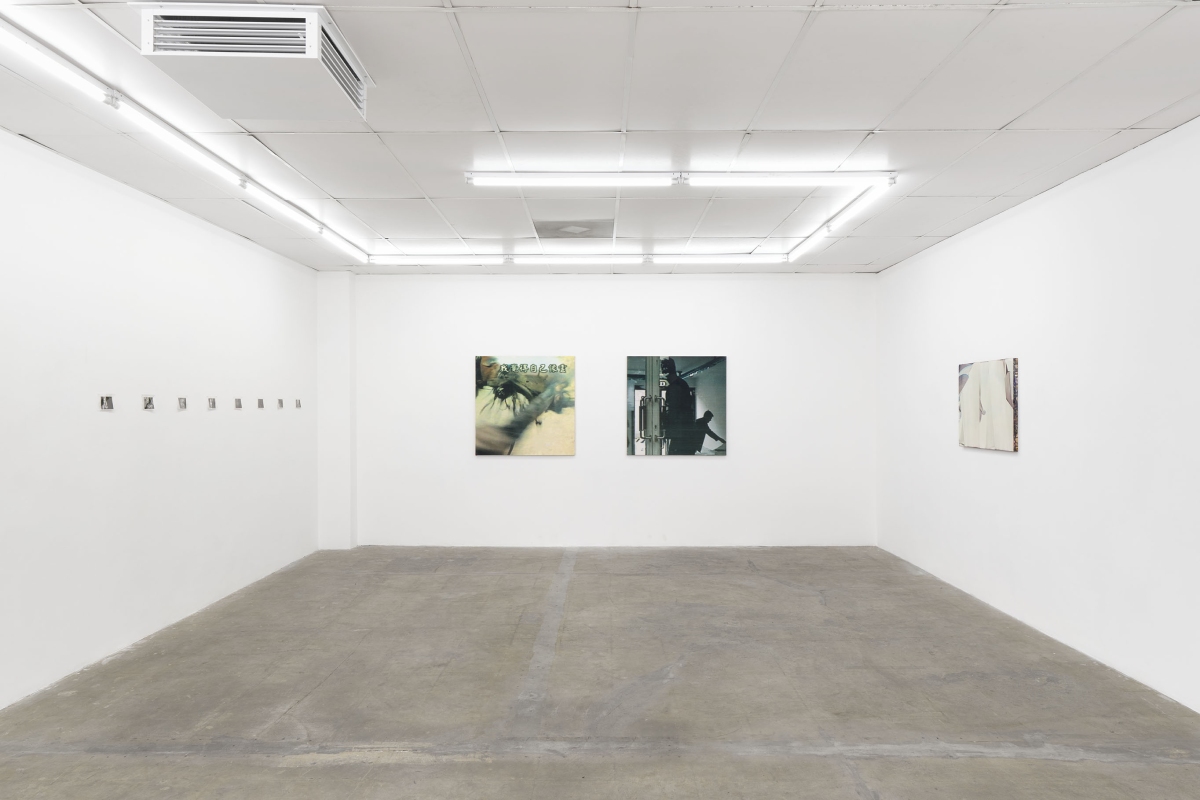

Matthias Groebel
Untitled, 2002
acrylic on canvas
39 3/8 × 39 3/8 in (100 × 100 cm)
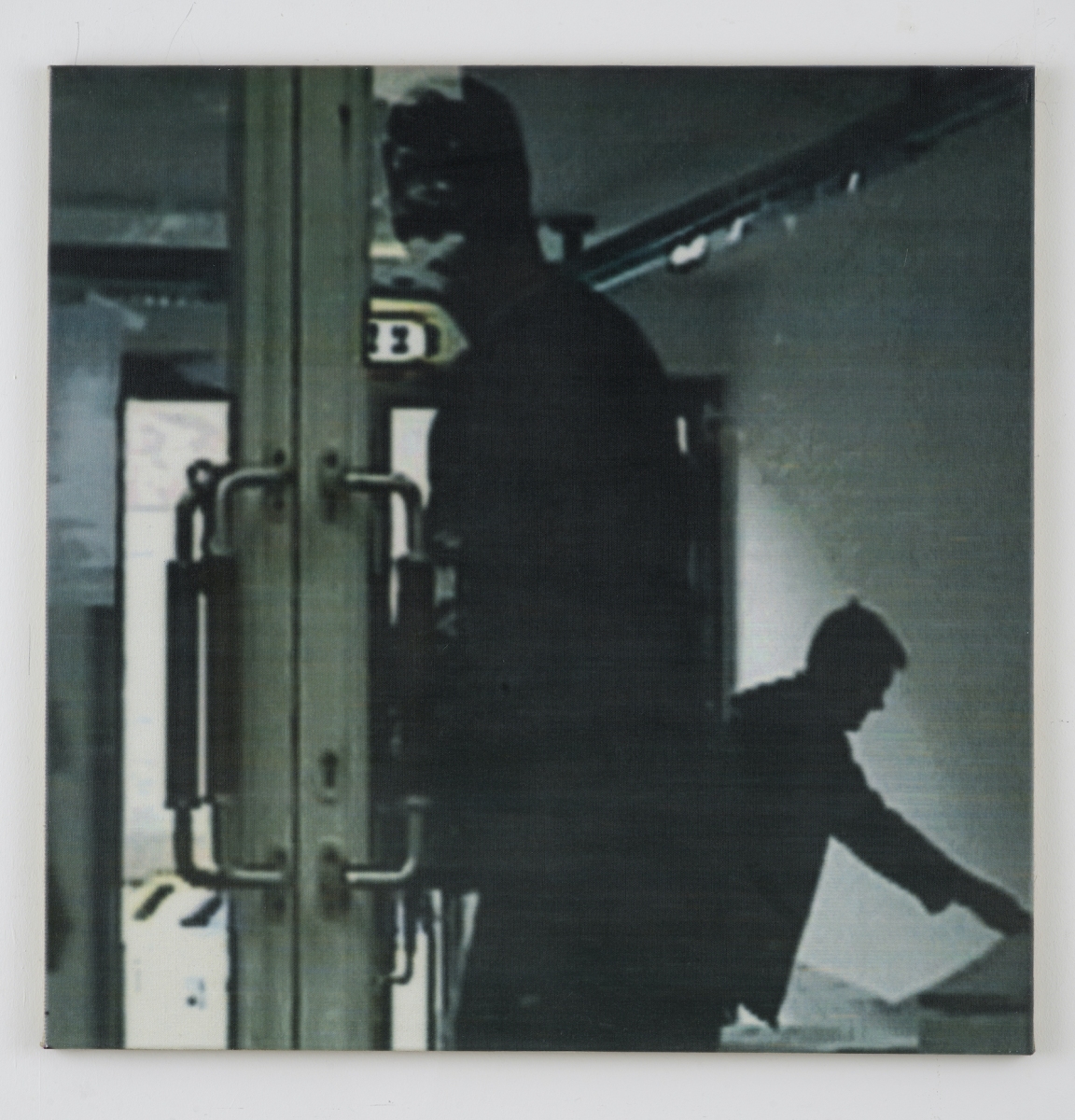
Matthias Groebel
Untitled, 2002
acrylic on canvas
39 3/8 × 39 3/8 in (100 × 100 cm)


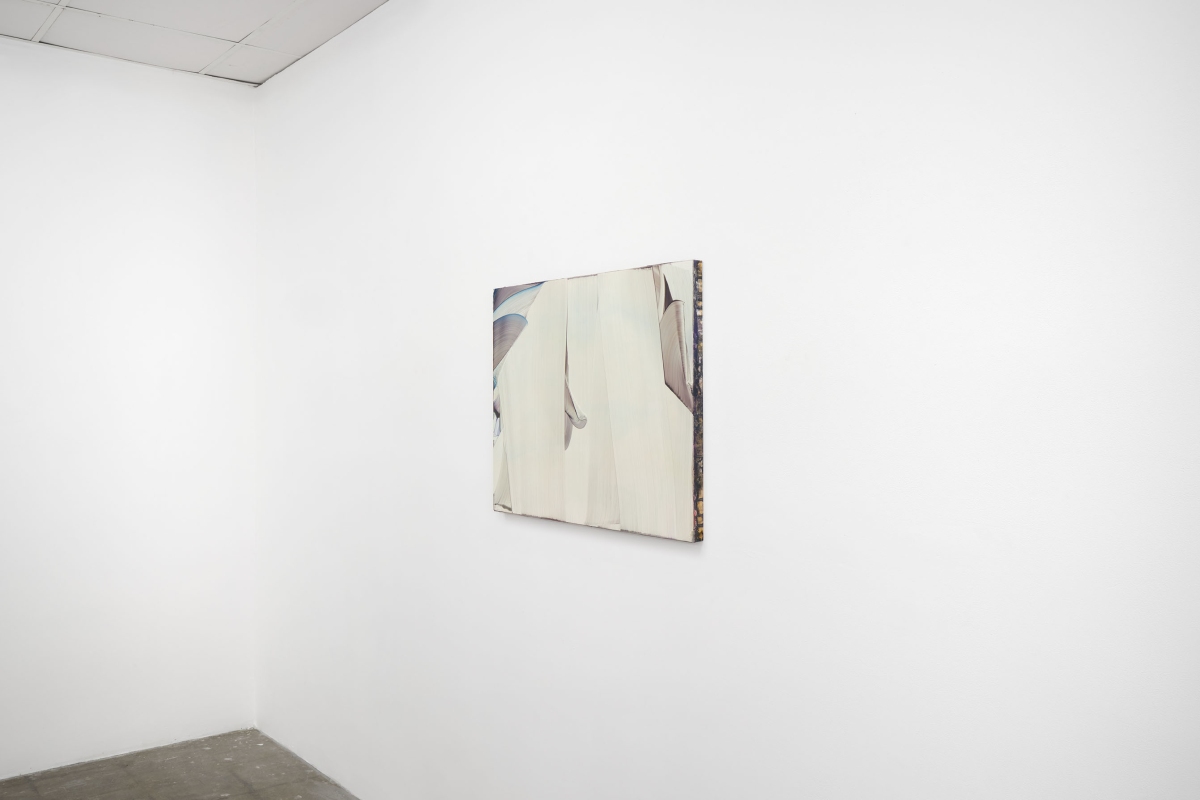
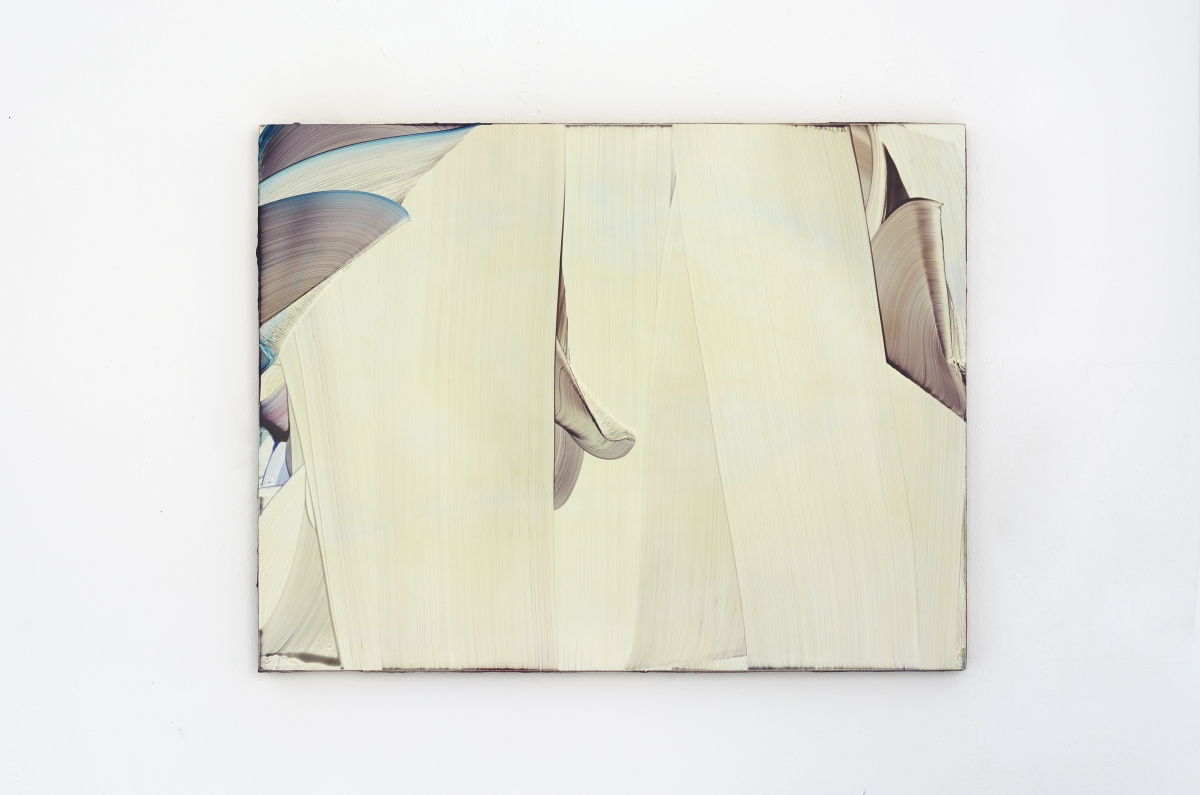
Markus Saile
Untitled, 2024
oil on wood
24 3/8 × 31 3/4 in (62 × 80.5 cm)
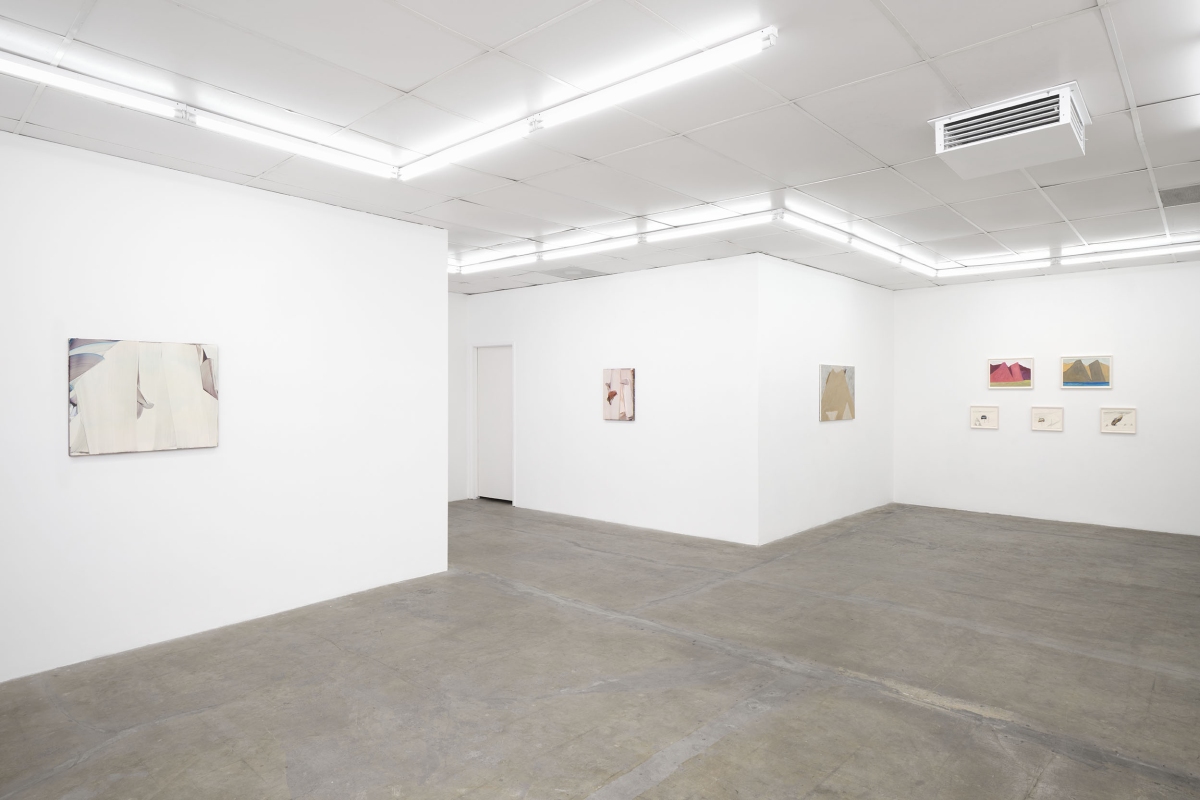
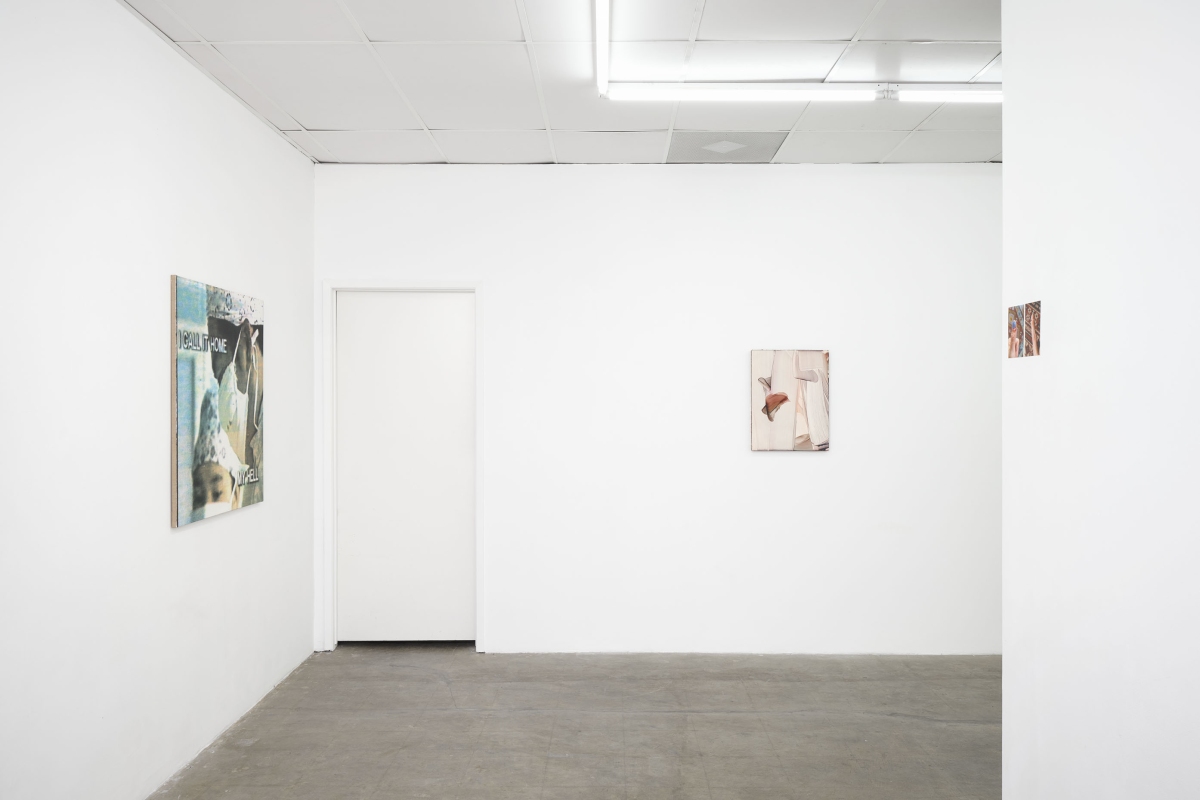

Markus Saile
Untitled, 2023
oil on wood
22 × 16 7/8 in (56 × 43 cm)
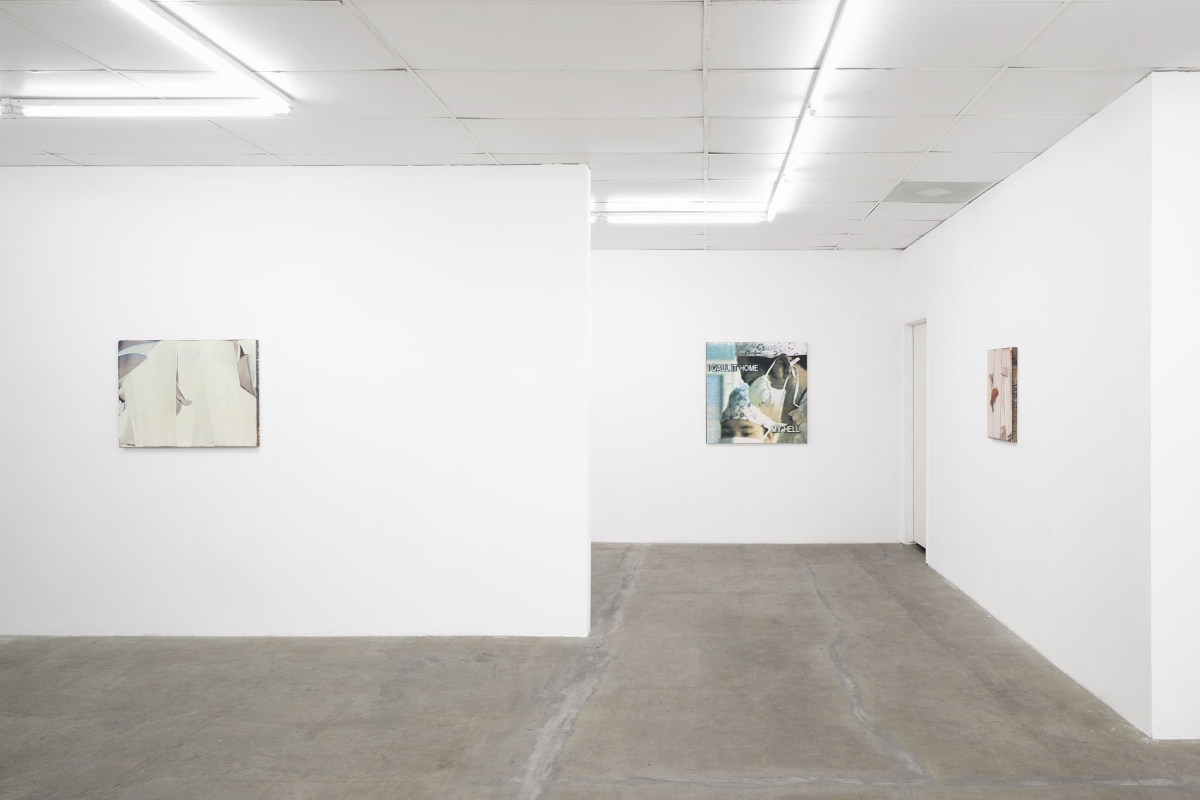
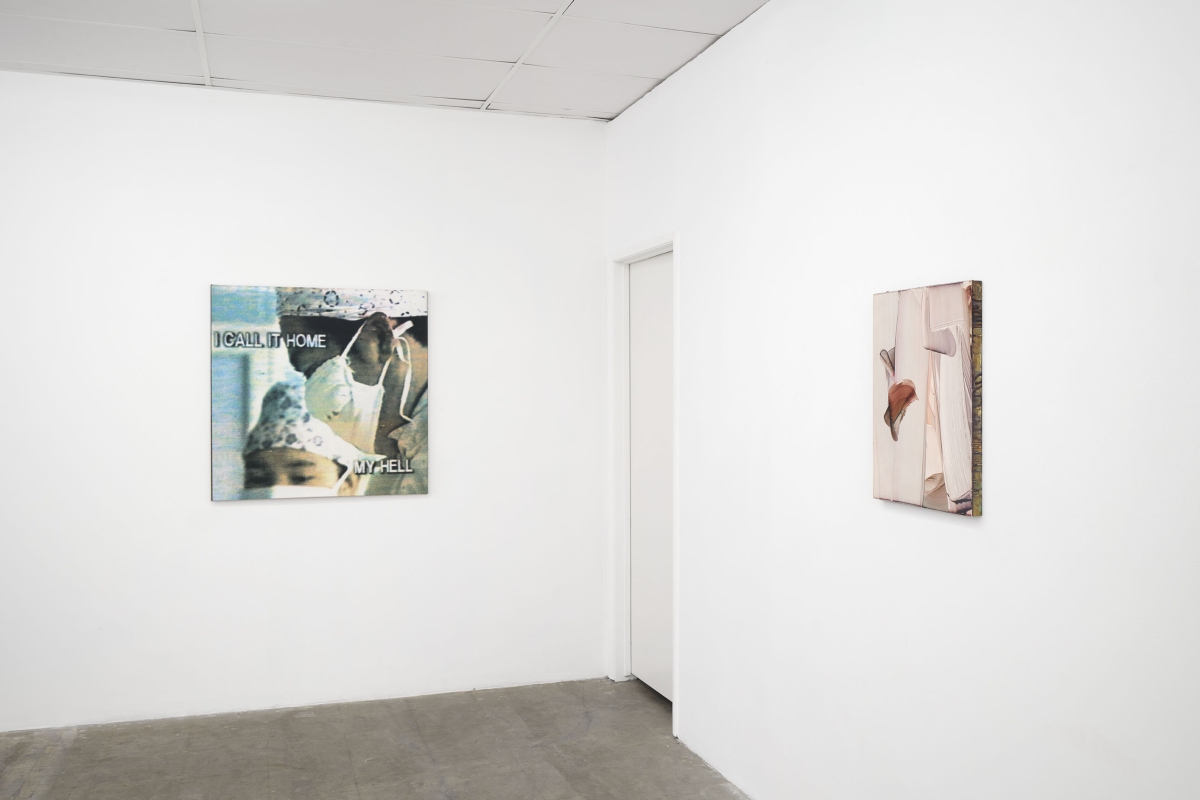
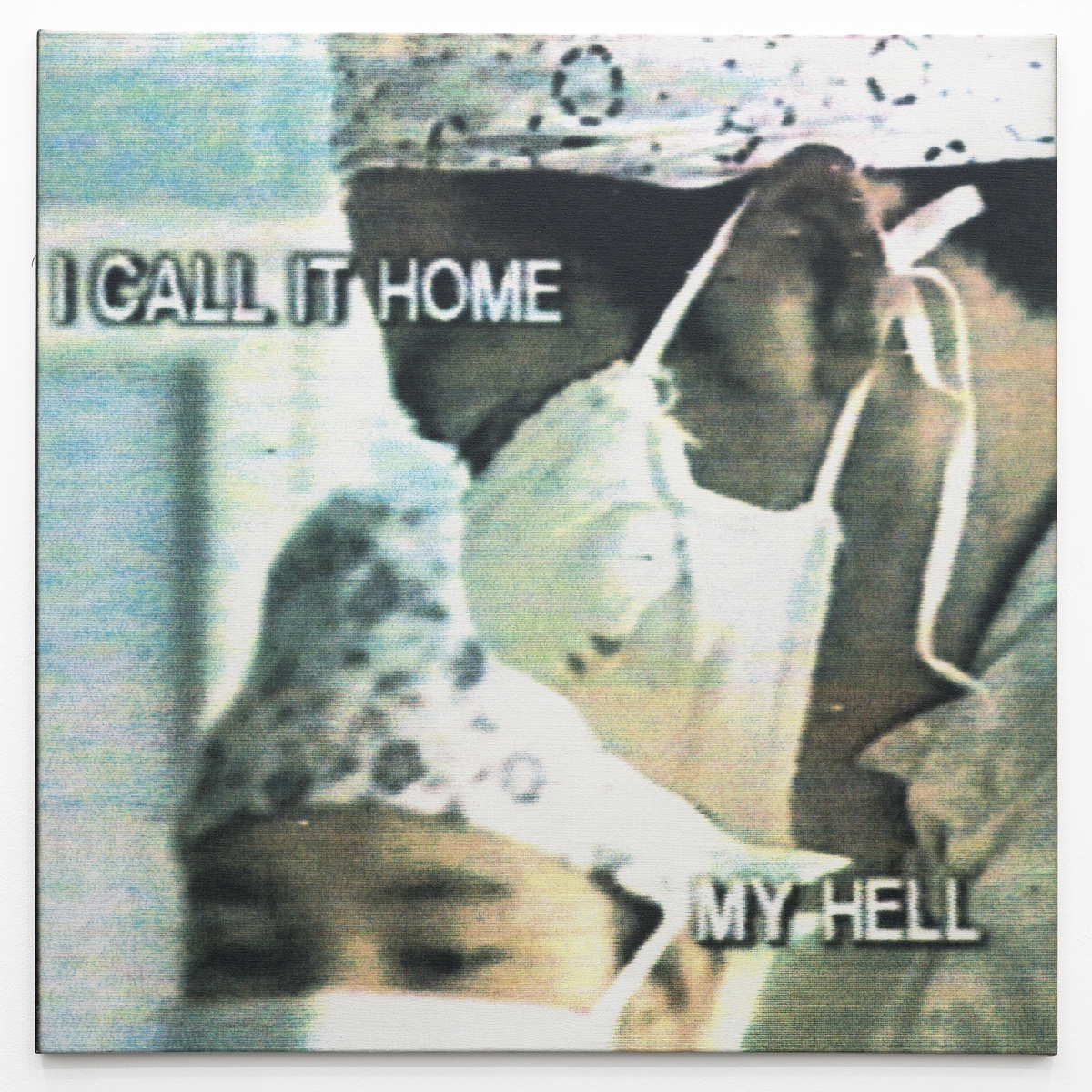
Matthias Groebel
Untitled, 1994
acrylic on canvas
95 × 95 cm (37 3/8 × 37 3/8 in)
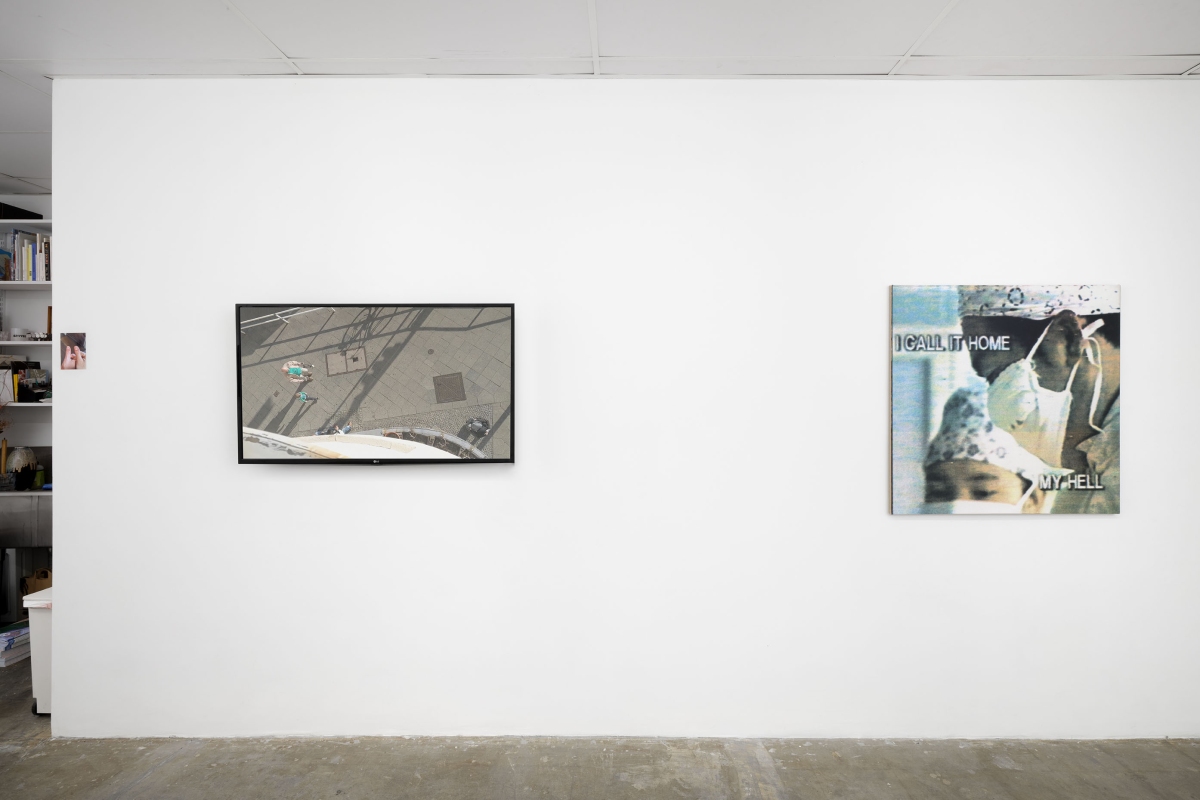
Rosa Aiello
Hallway Offering, 2021
c-type print
5 7/8 x 3 7/8 in (15 x 10 cm)

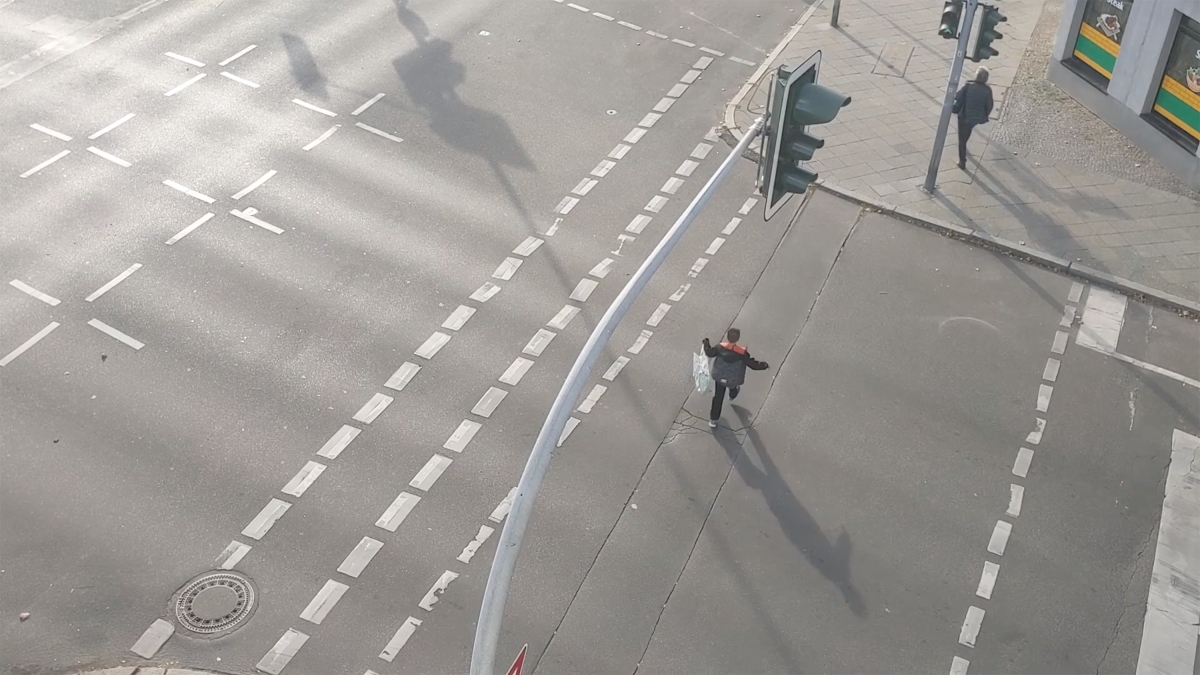
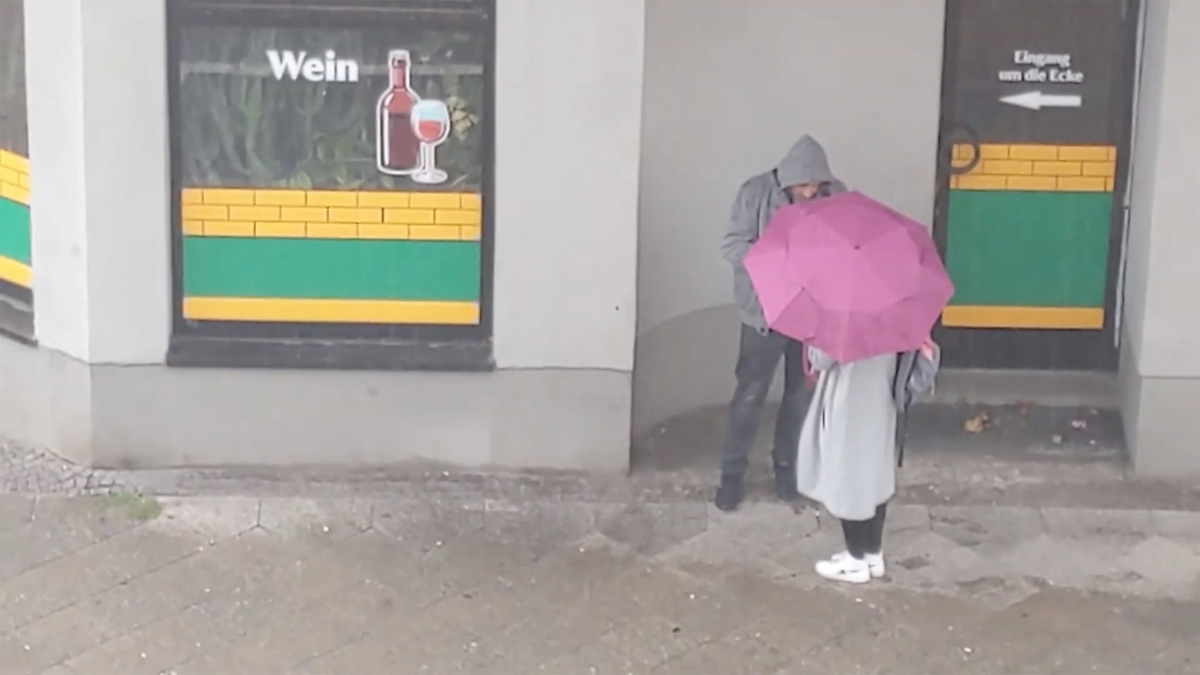
Rosa Aiello
Yours Faithfully, 2022
single-channel HD video, color, multi-channel sound
00:17:56
Edition 1/3 + I AP
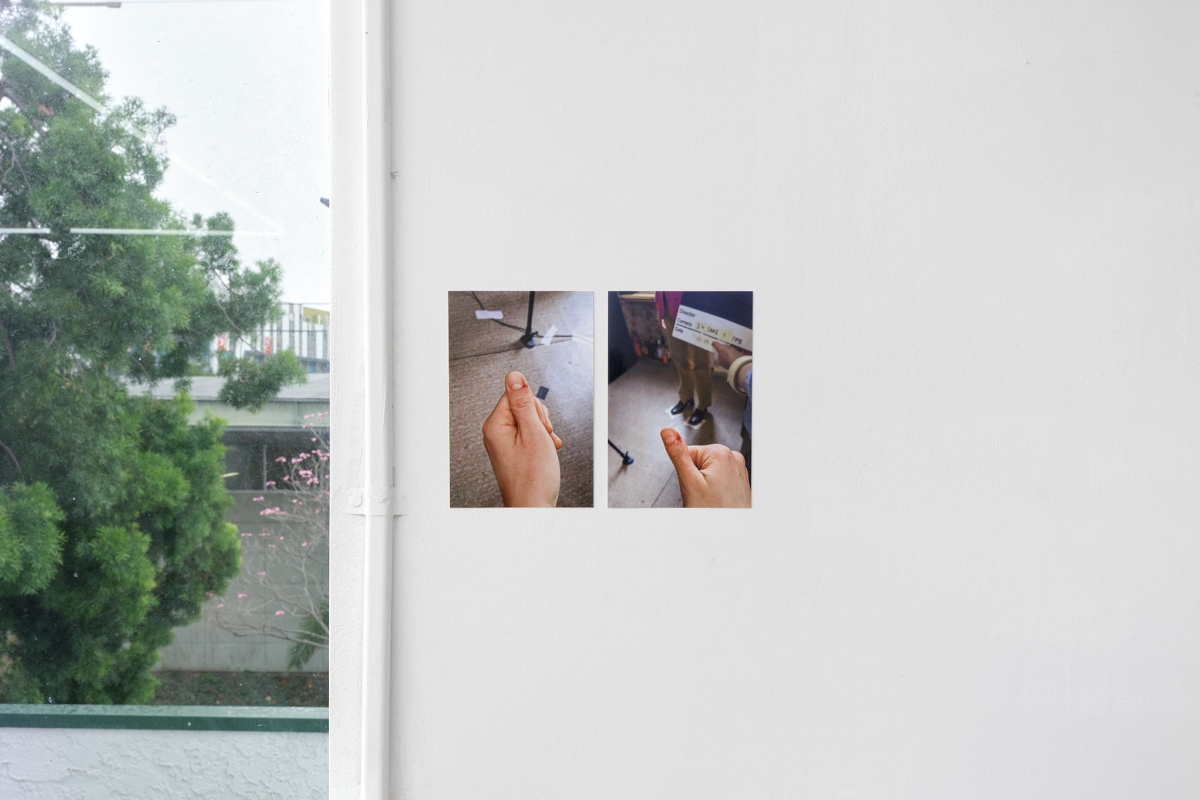
Rosa Aiello
Kitchen Offering, 2021
two c-type prints
each: 5 7/8 x 3 7/8 in (15 x 10 cm)
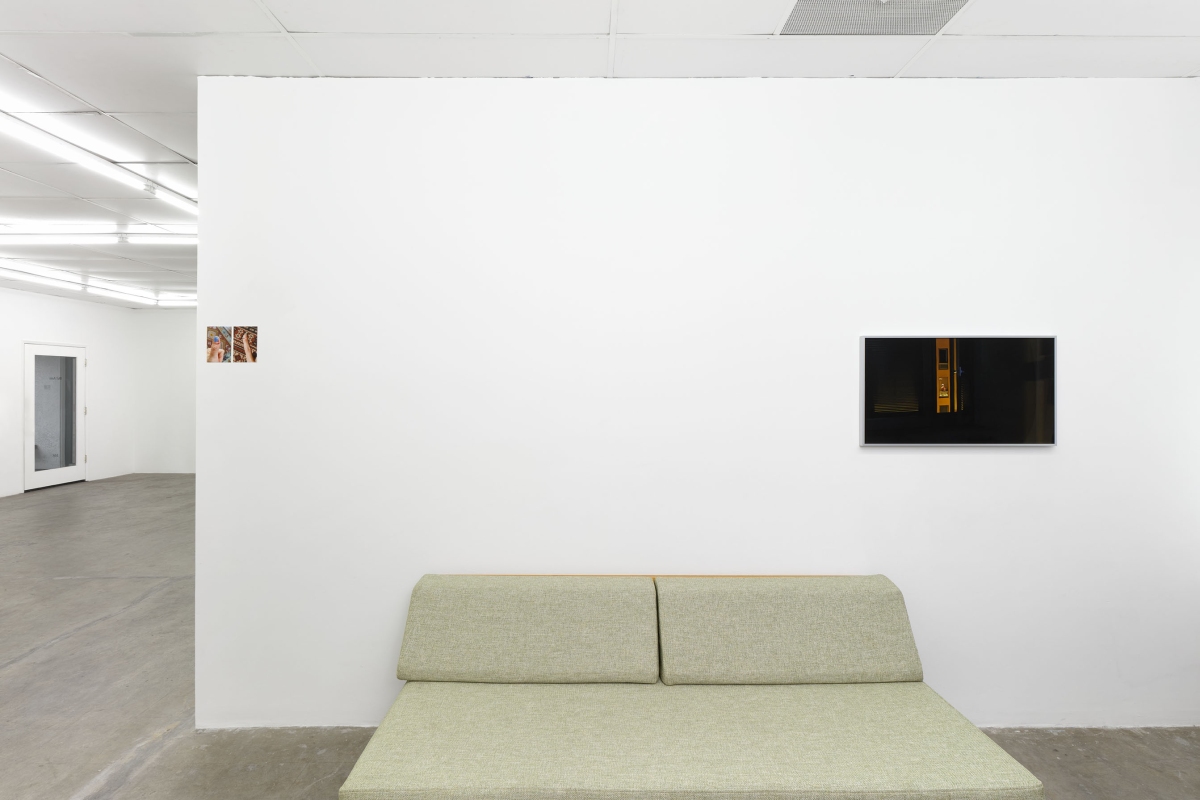
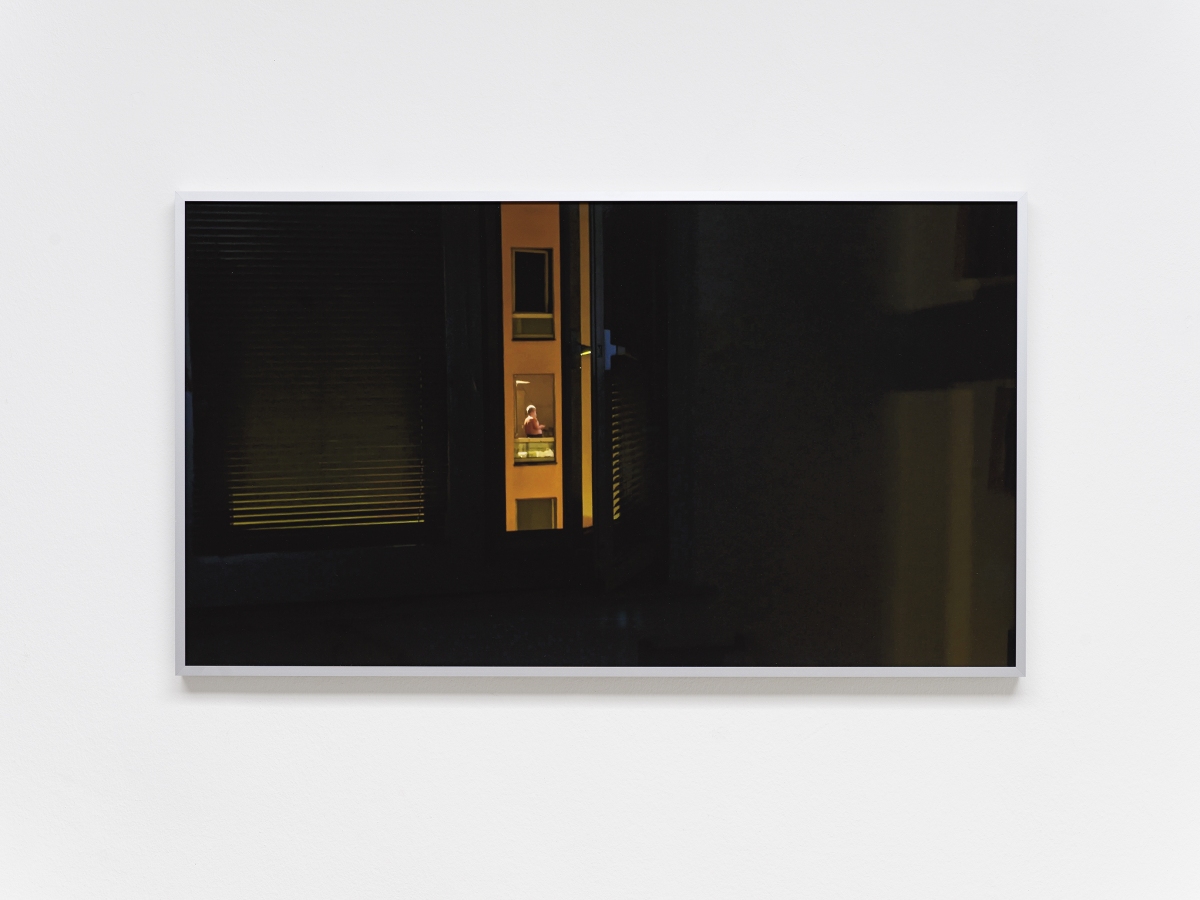
Rosa Aiello
Dear Sirs, 2022
digital art print, aluminium frame, museum glass
17 3/4 × 31 1/2 in (45 × 80 cm )
18 1/8 × 32 1/8 × 1 1/8 in (46 × 81.5 × 3 cm) (framed)
Edition 1/3 + I AP


Rosa Aiello
Living Room Offering, 2021
two c-type prints
each: 5 7/8 x 3 7/8 in (15 x 10 cm)
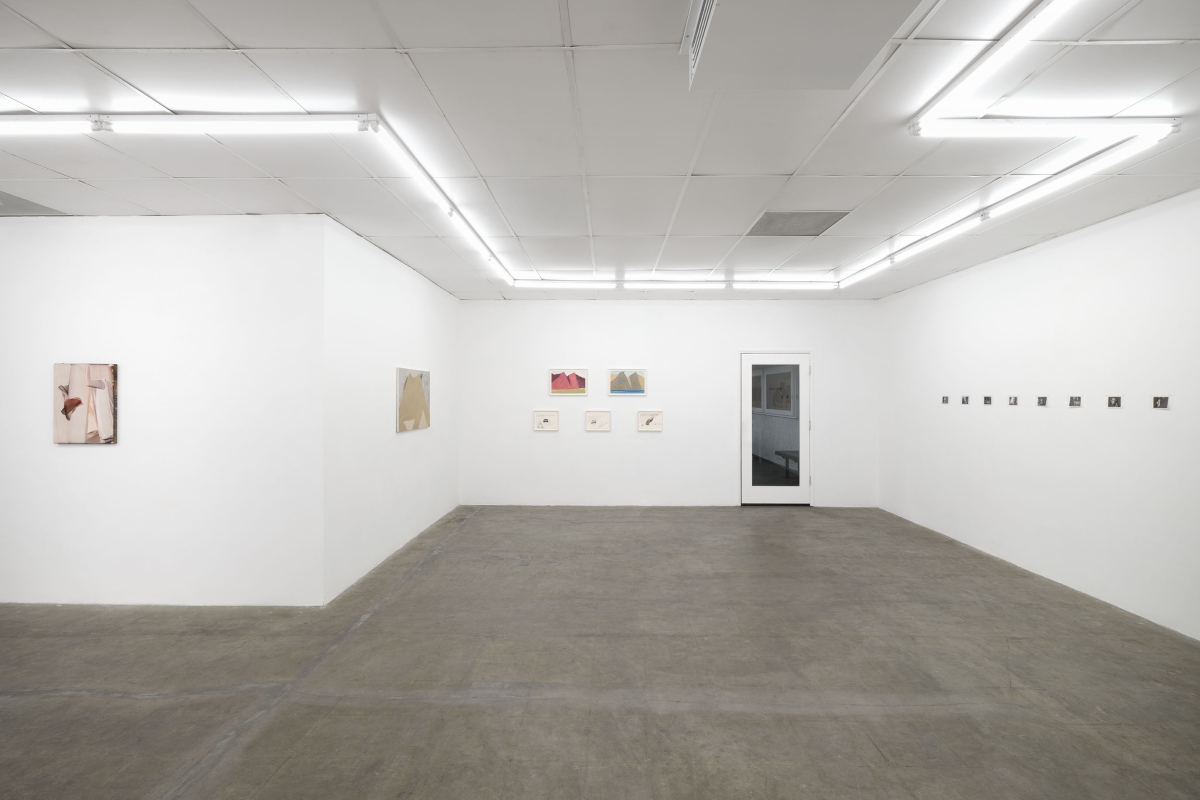
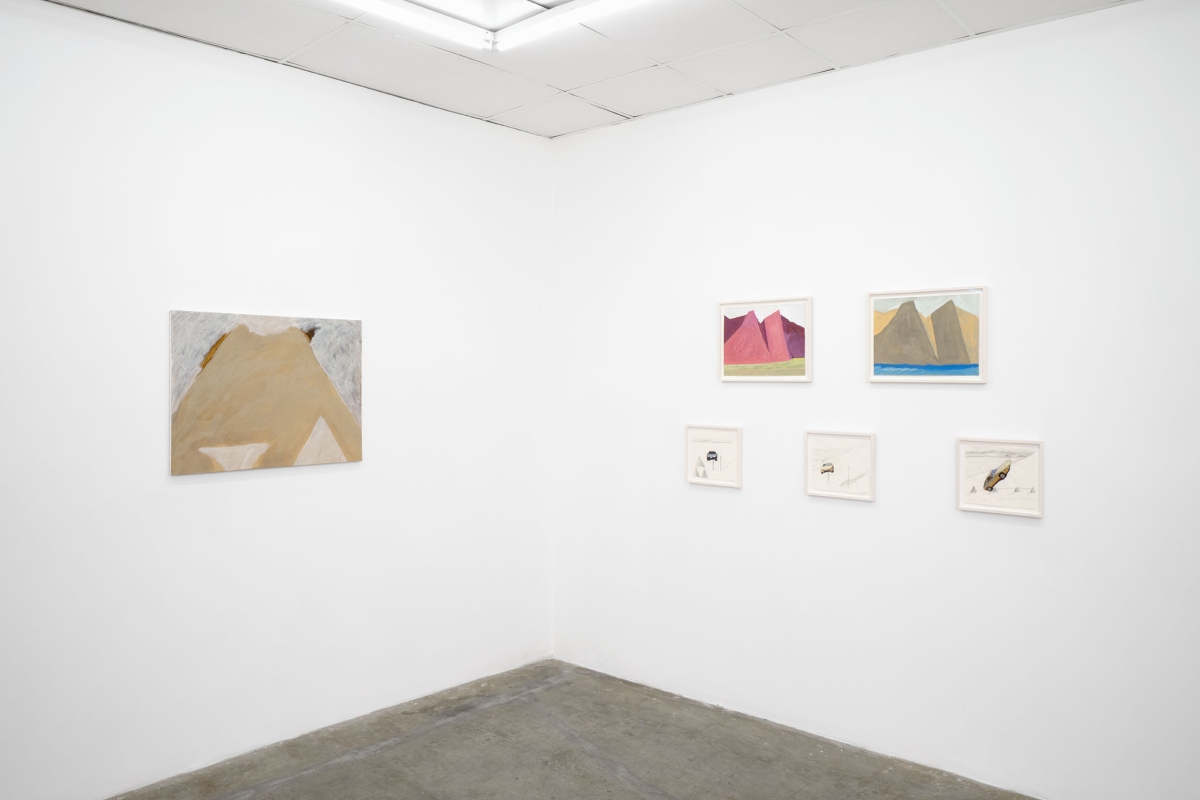

Julia Scher
Untitled, 1981
mixed media on canvas
24 × 36 in (61 × 91.5 cm)
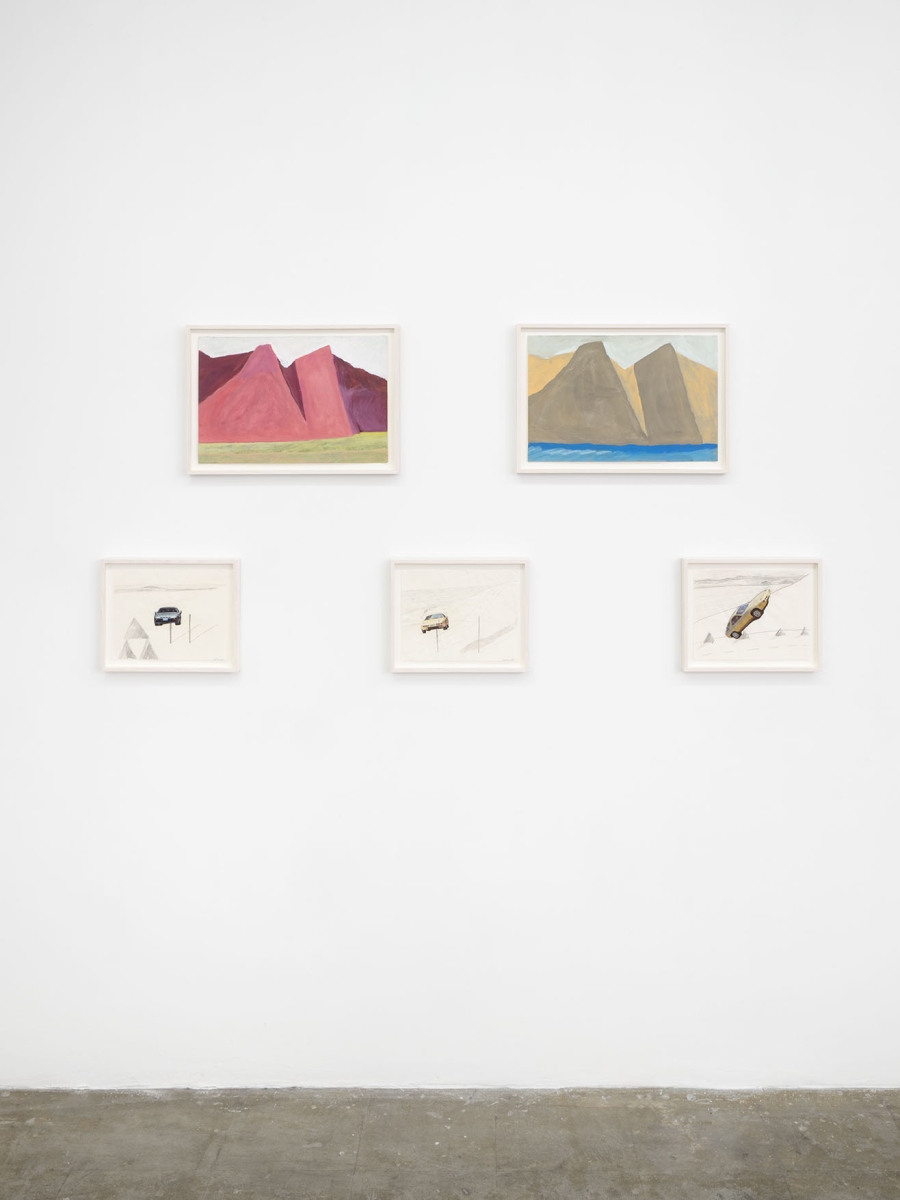

Julia Scher
Untitled (Granma), 1981
acrylic on paper
12 × 18 in (30.4 × 45.7 cm)
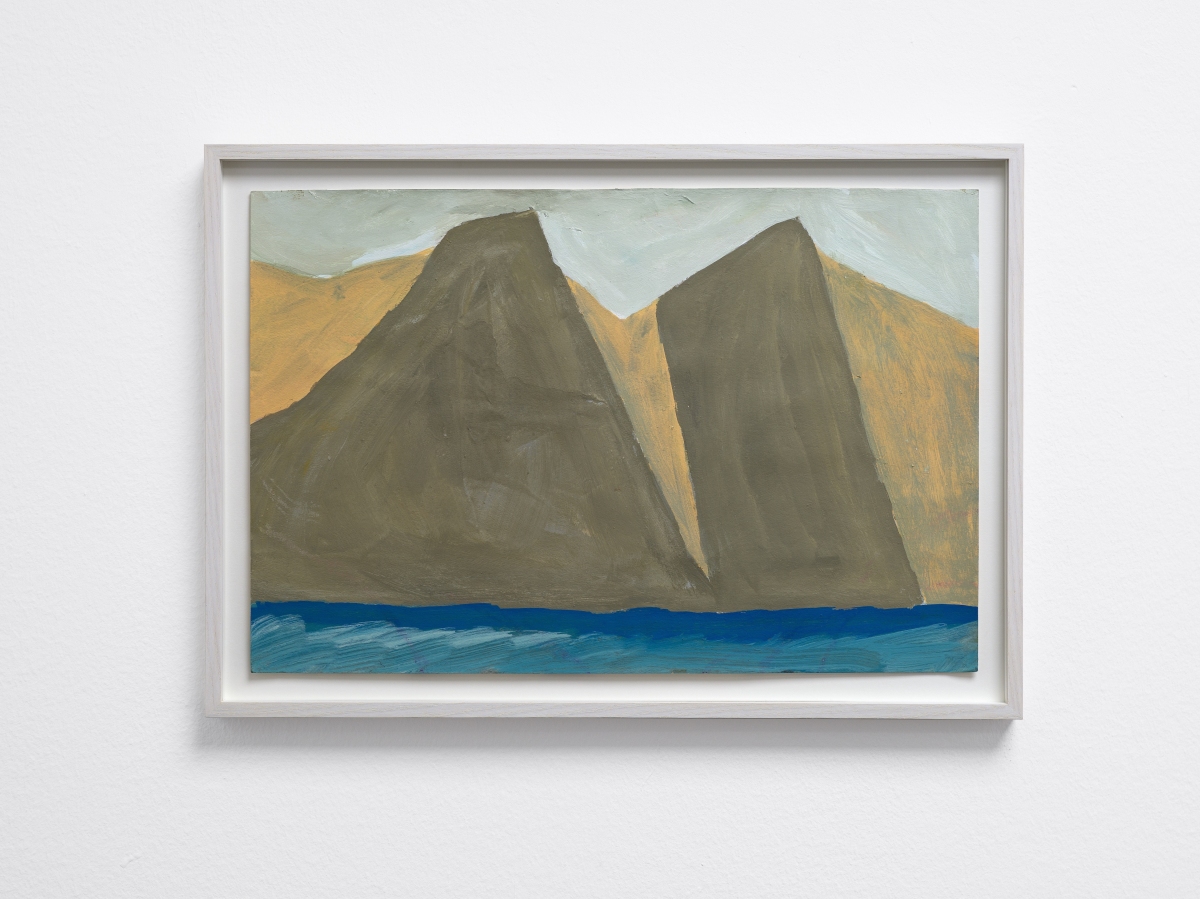
Julia Scher
Untitled (Granpa), 1981
acrylic on paper
12 × 18 in (30.4 × 45.7 cm)

Julia Scher
Untitled, 1981
collage on paper (graphite, magazine cut out)
8 1/2 × 10 7/8 in (21.6 × 27.7 cm)
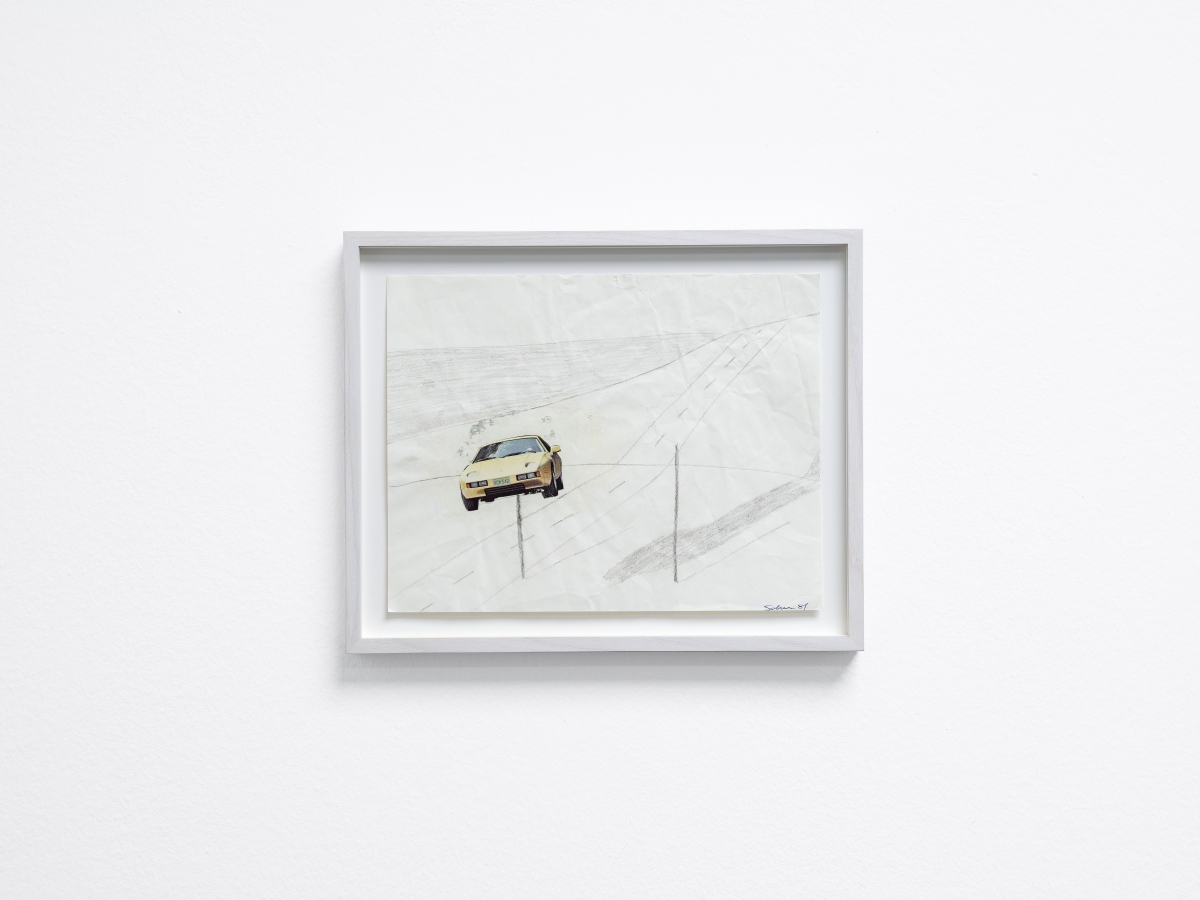
Julia Scher
Untitled, 1981
collage on paper (graphite, magazine cut out)
8 1/2 × 10 7/8 in (21.6 × 27.7 cm)
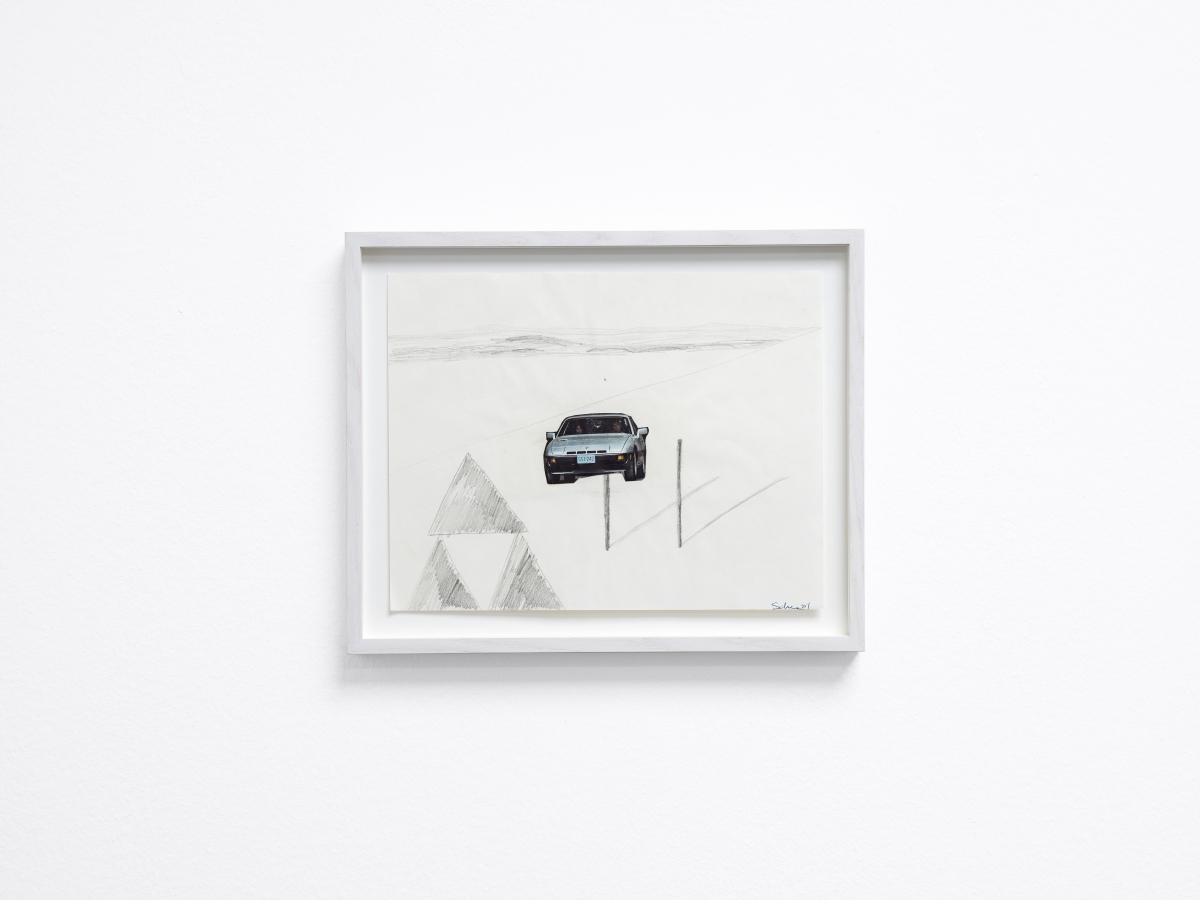
Julia Scher
Untitled, 1981
collage on paper (graphite, magazine cut out)
8 1/2 × 10 7/8 in (21.6 × 27.7 cm)